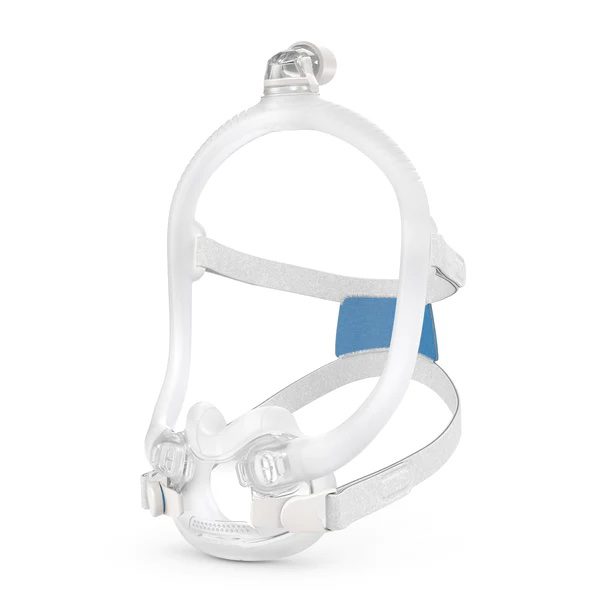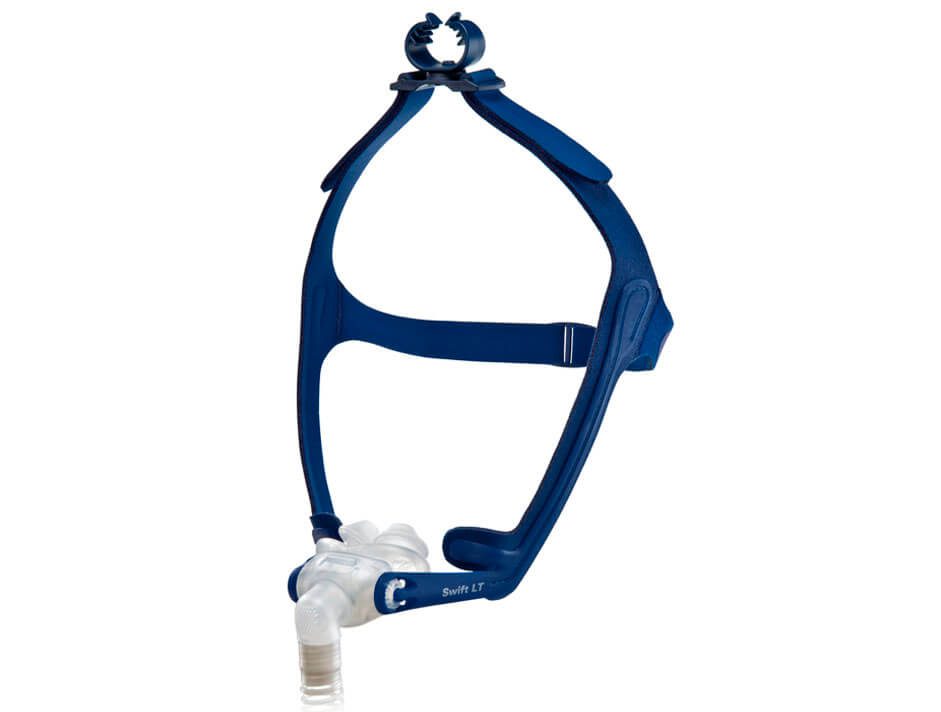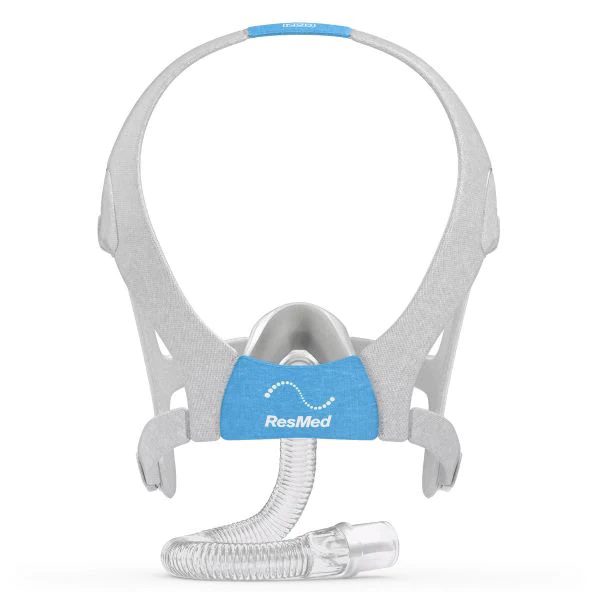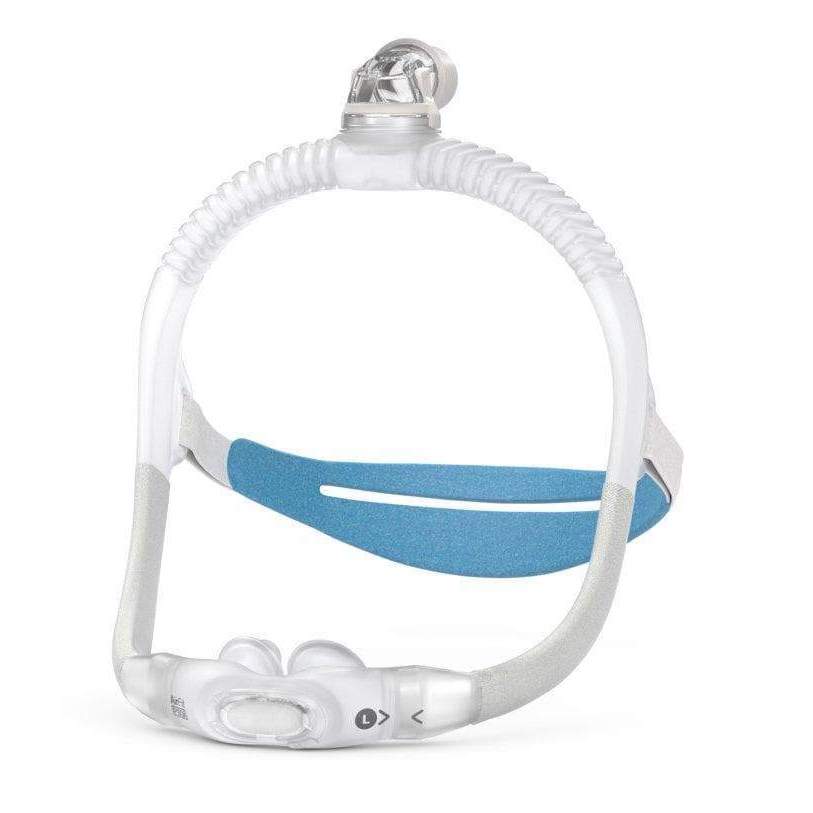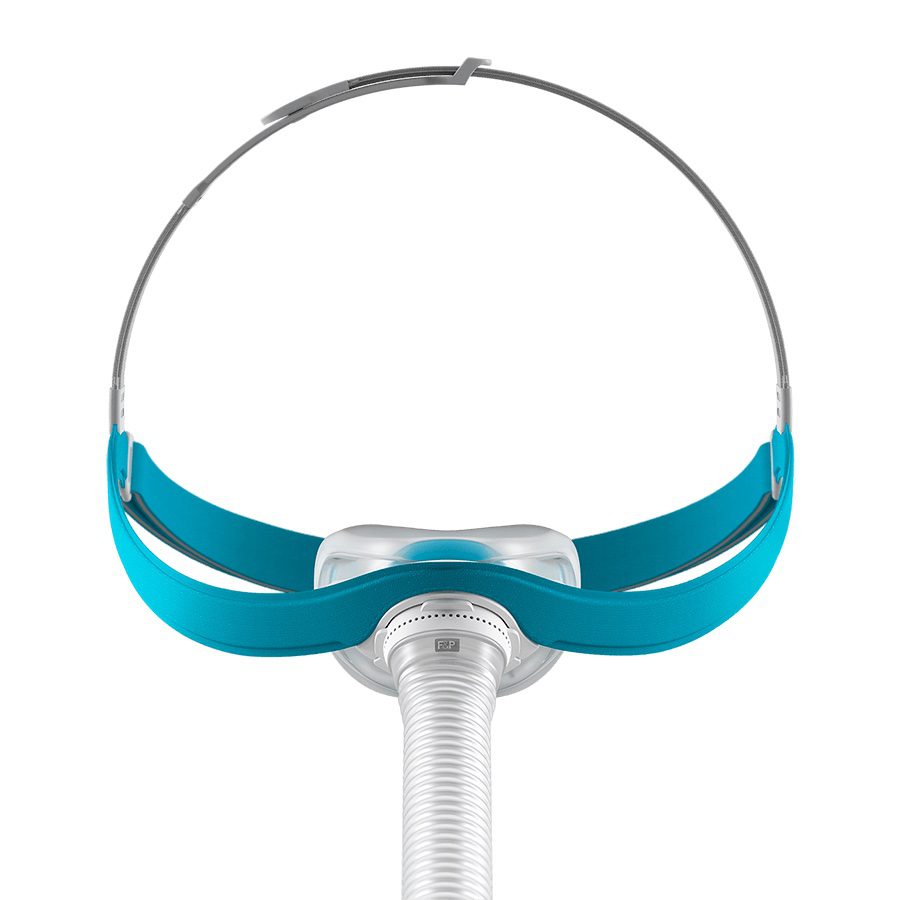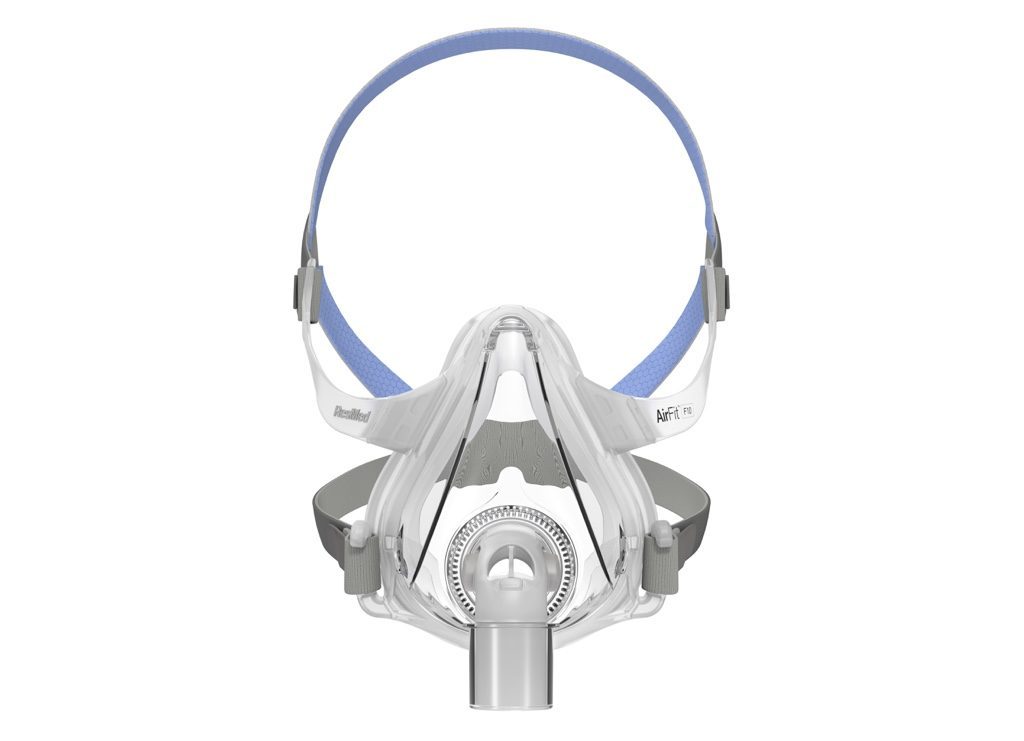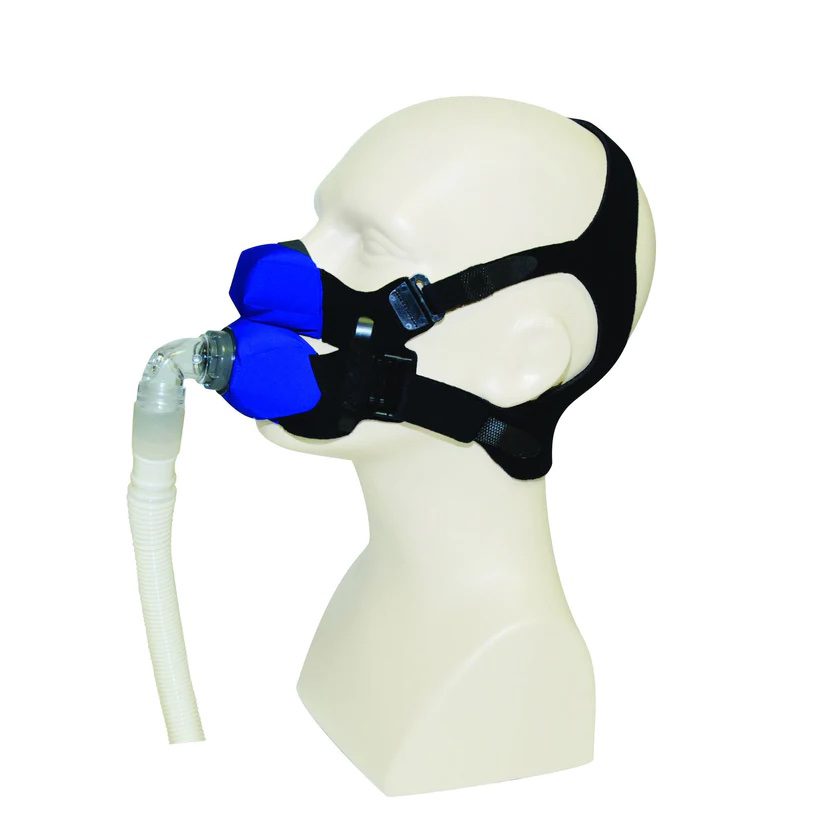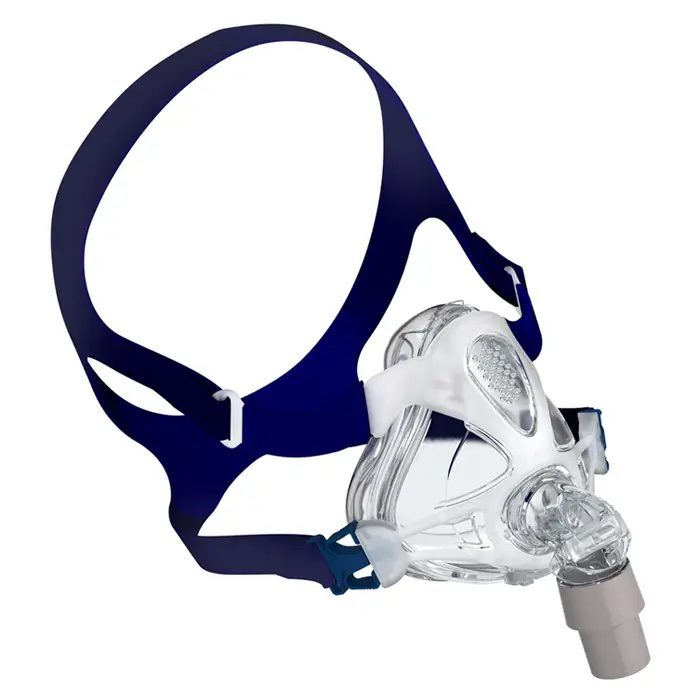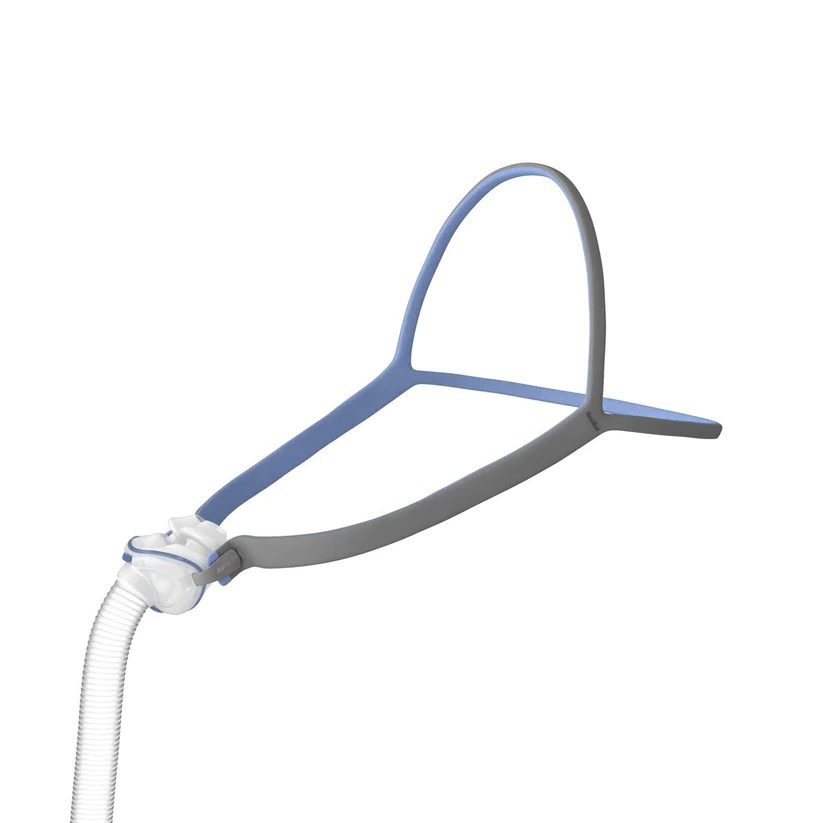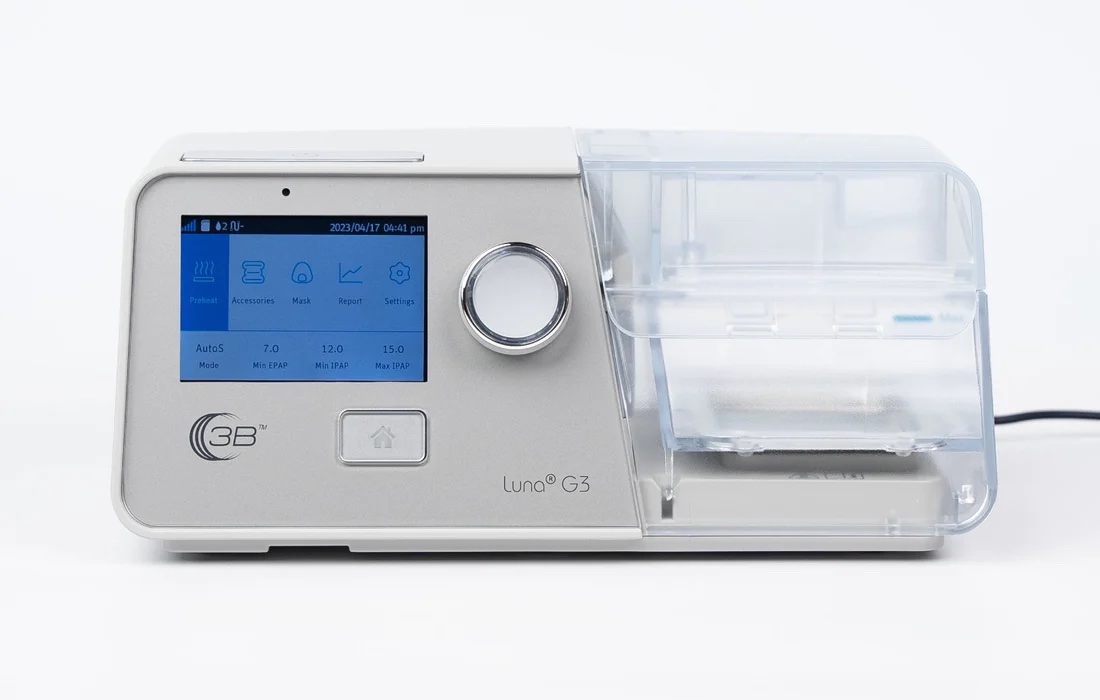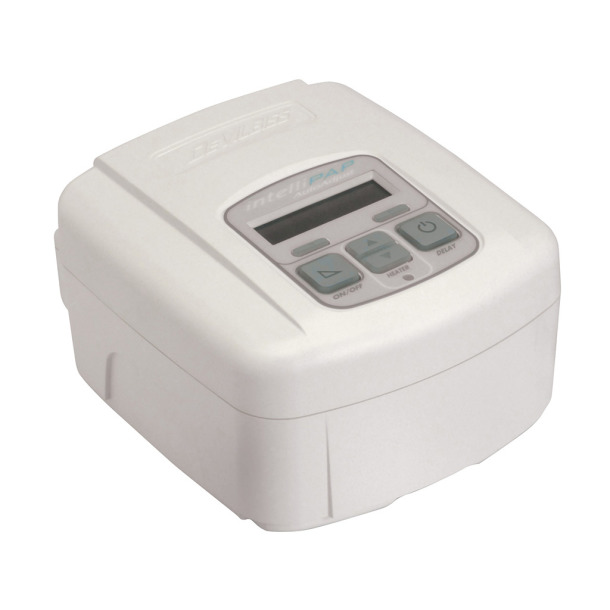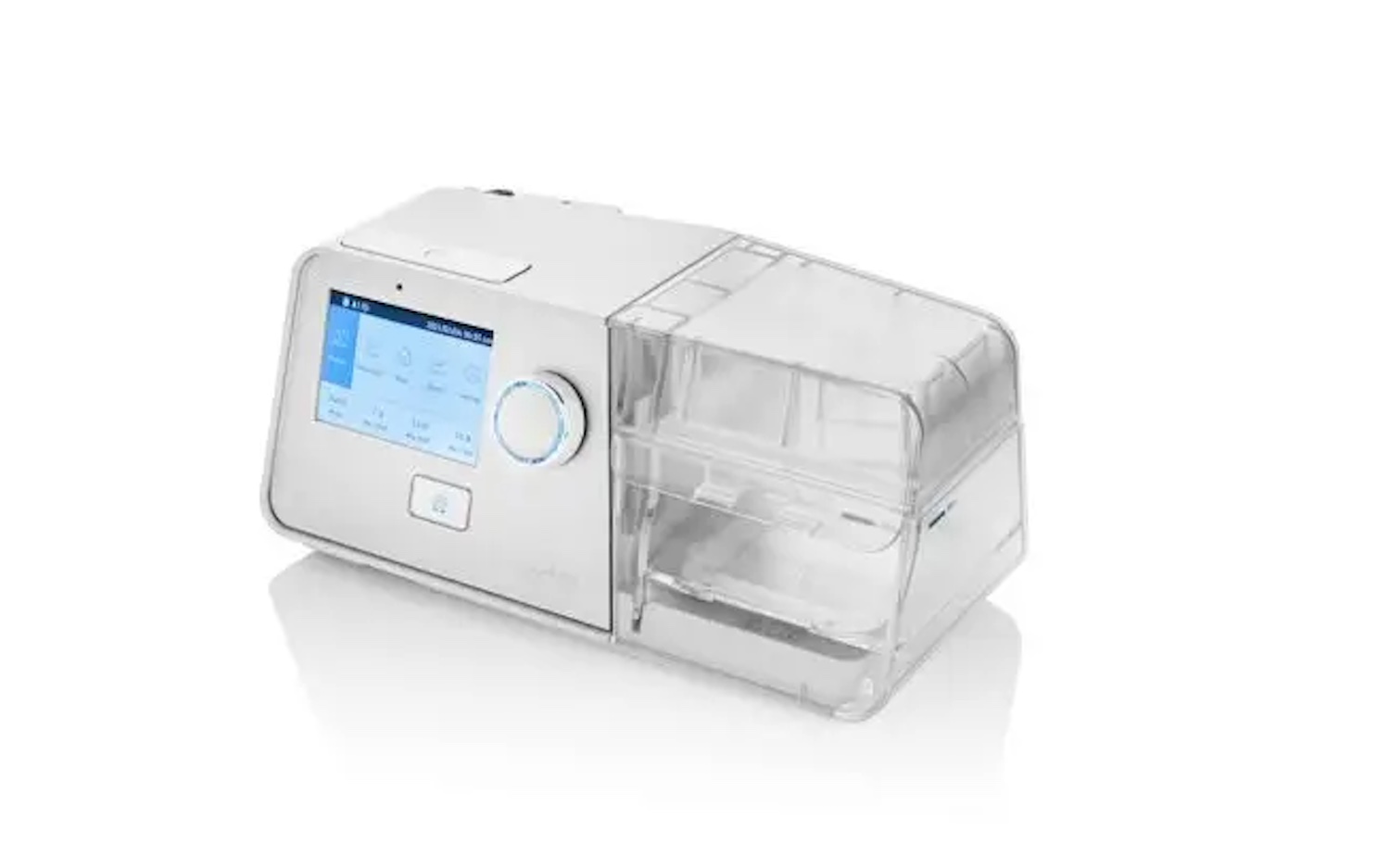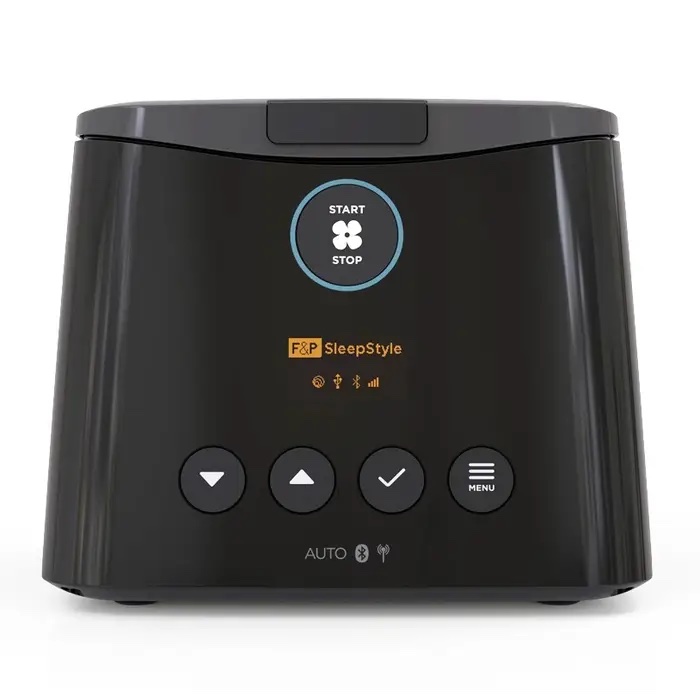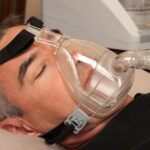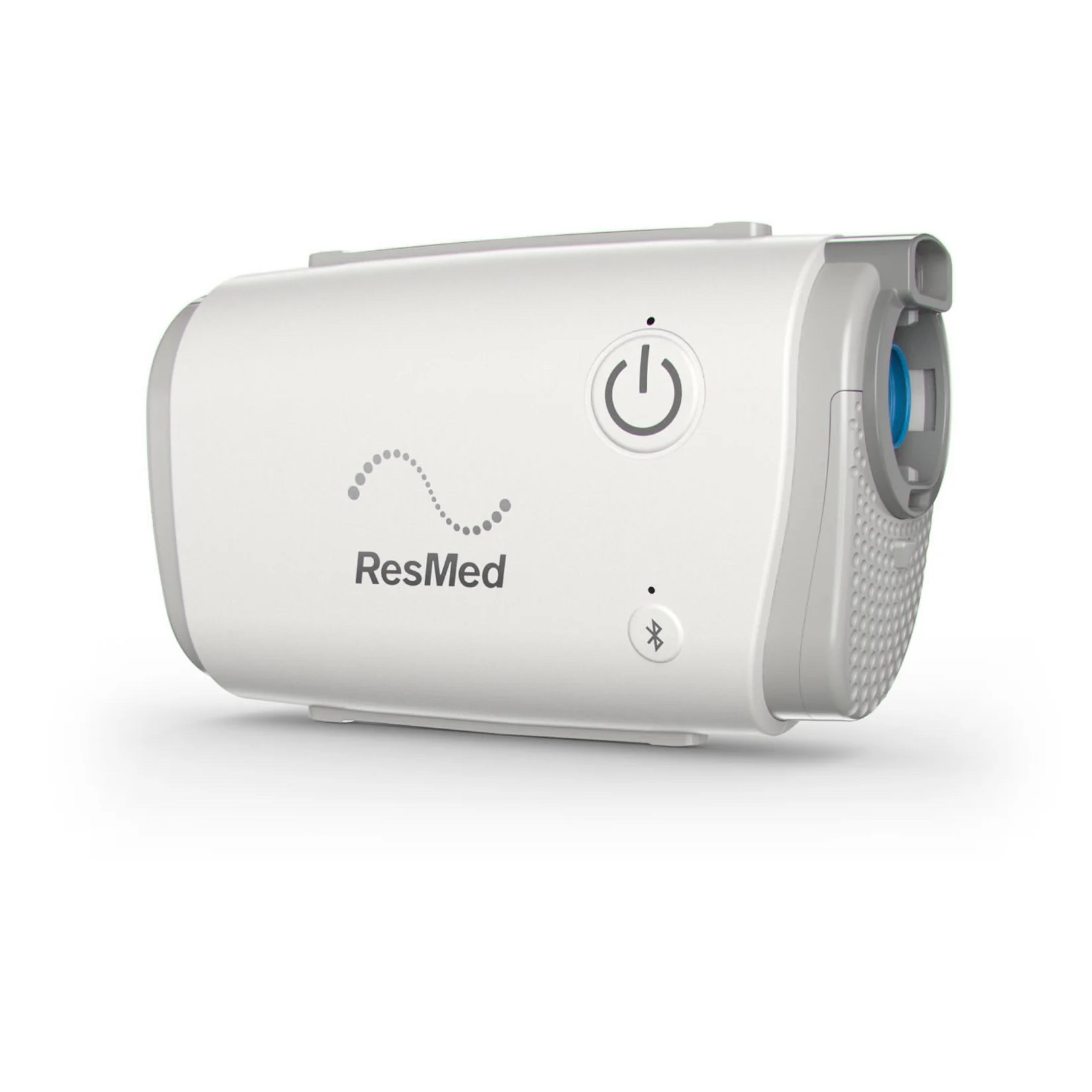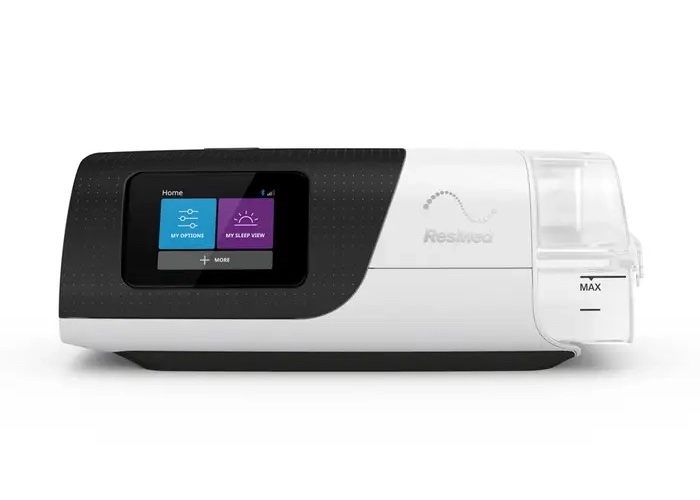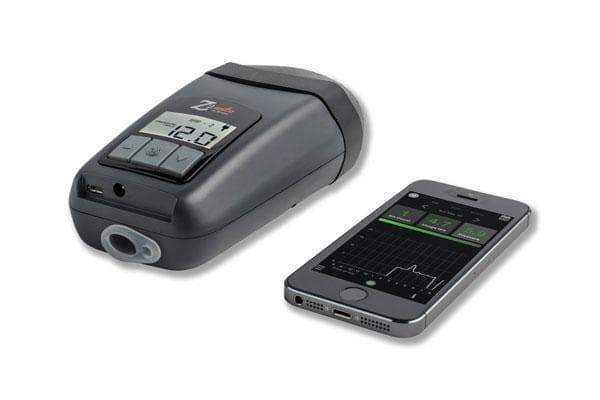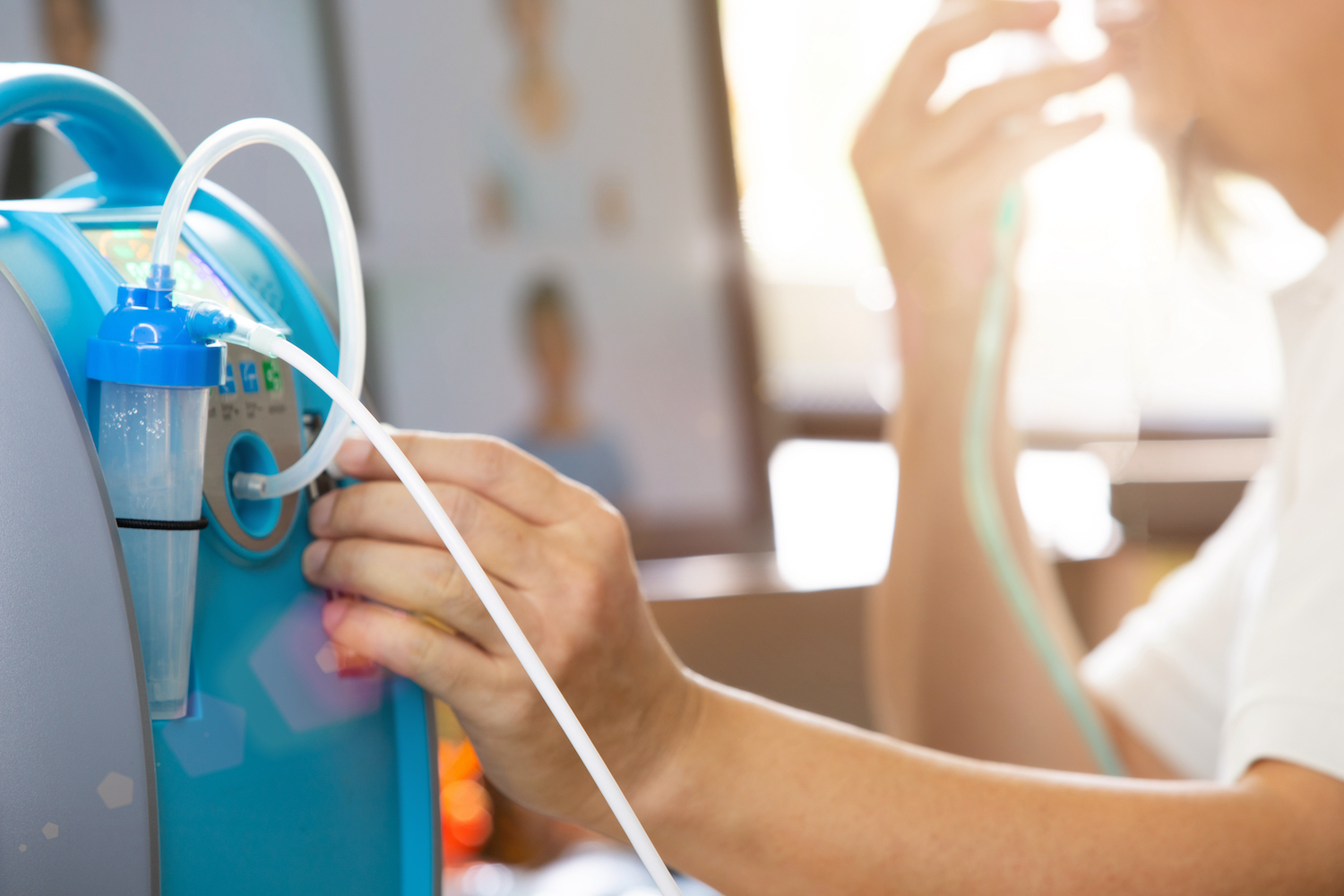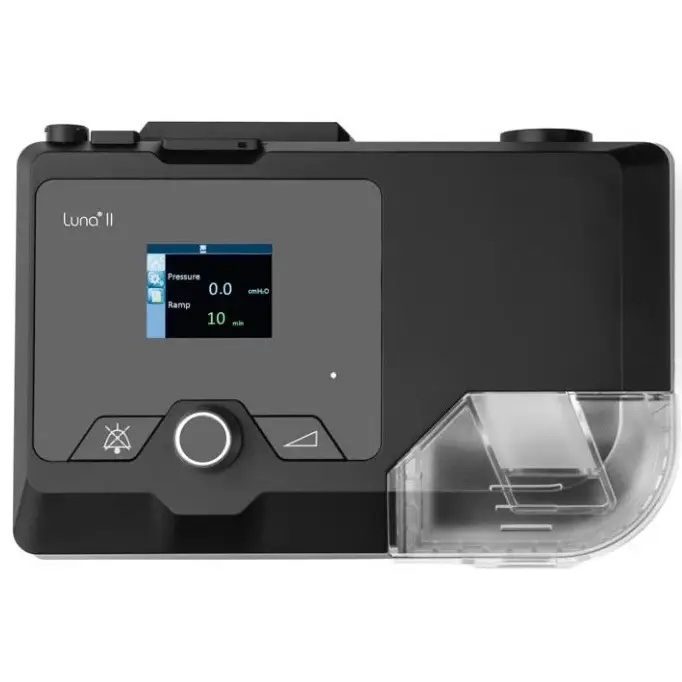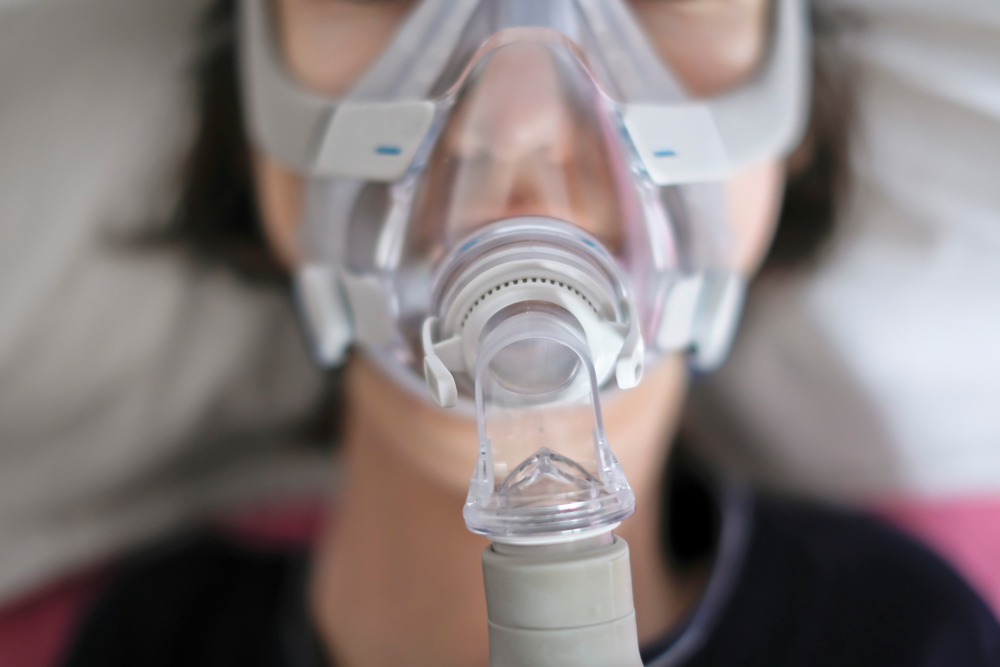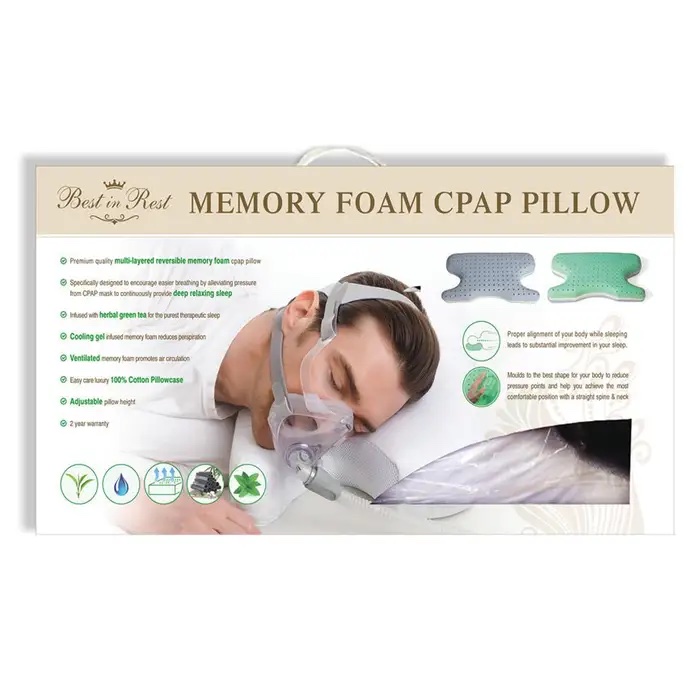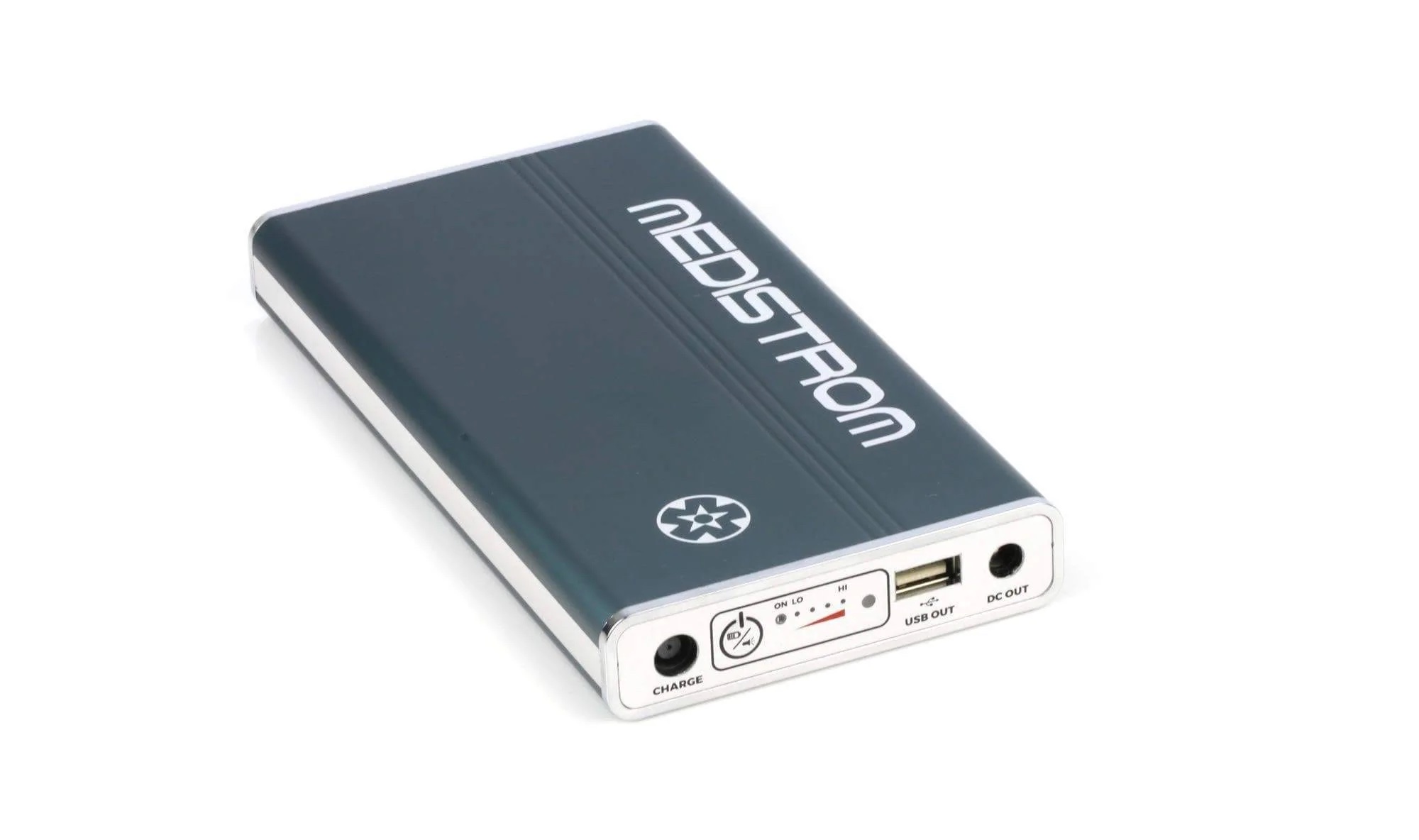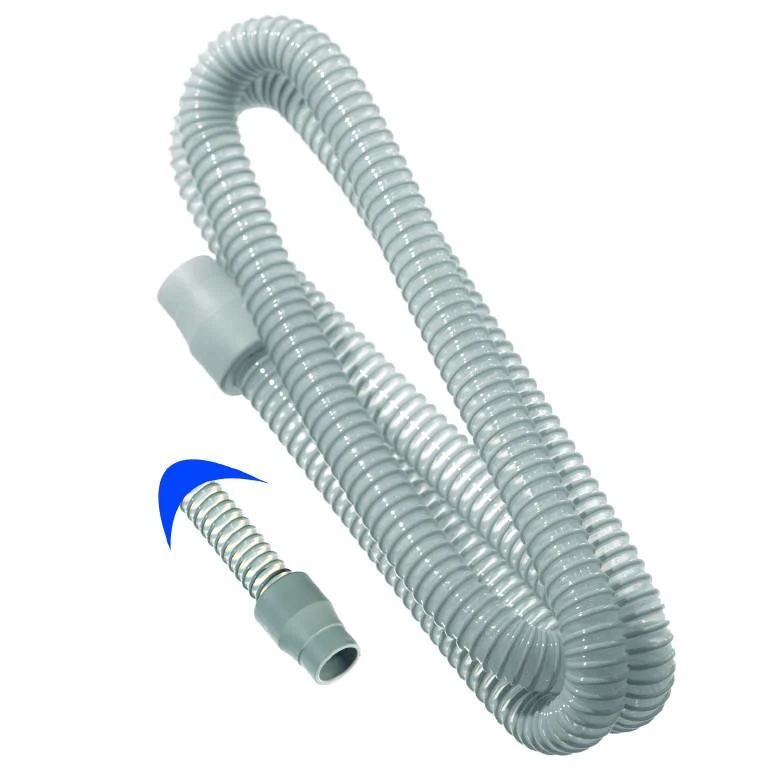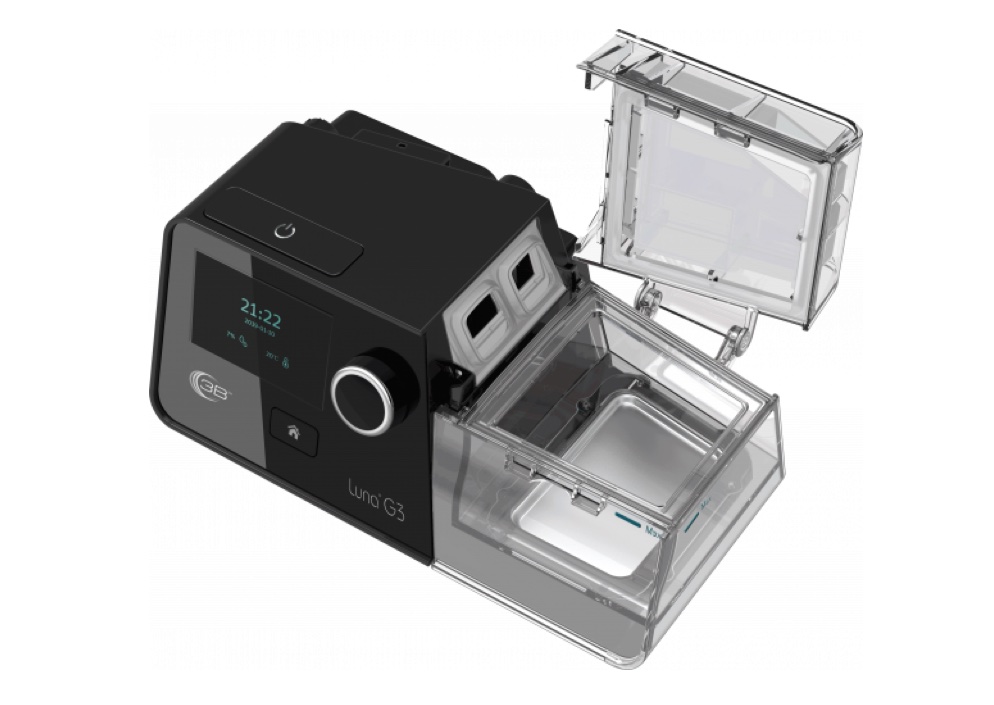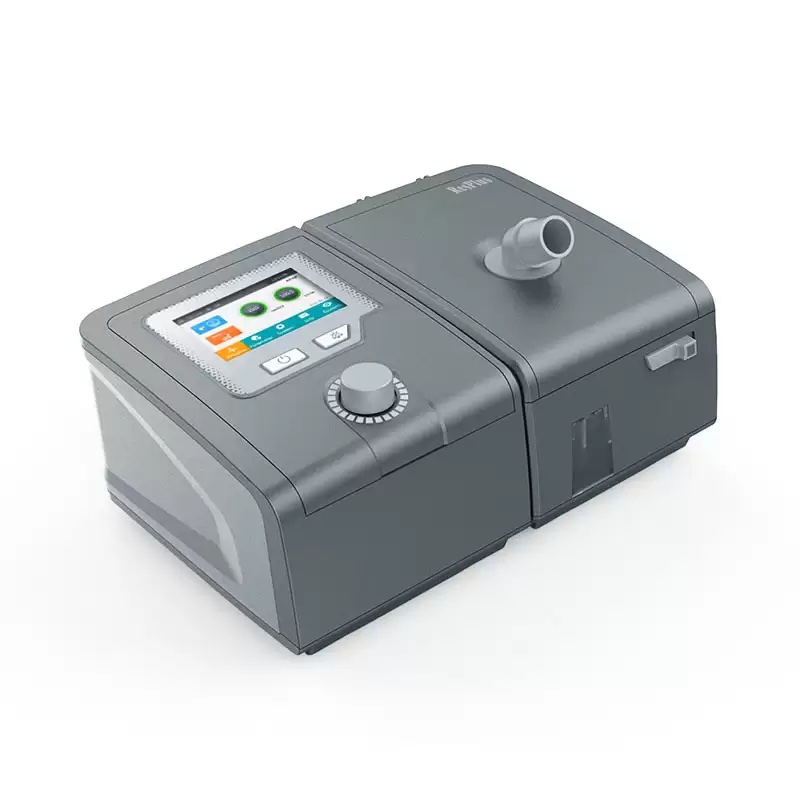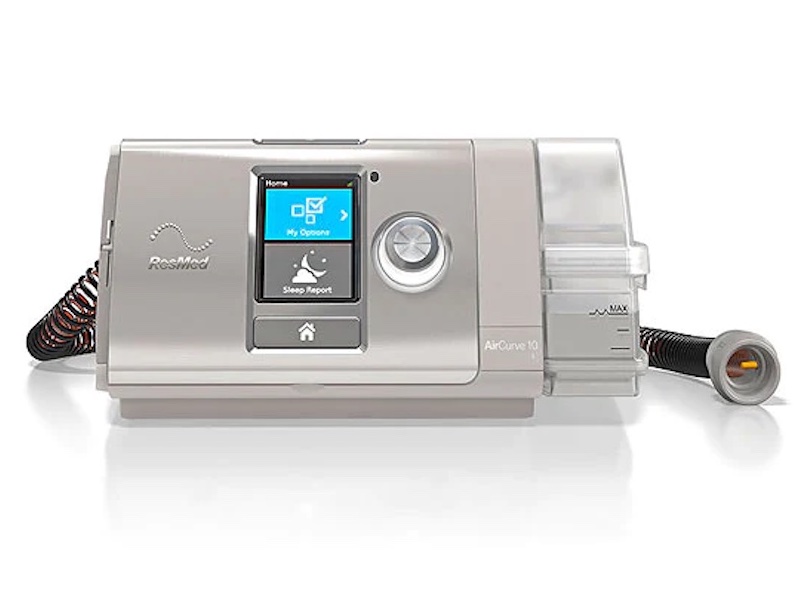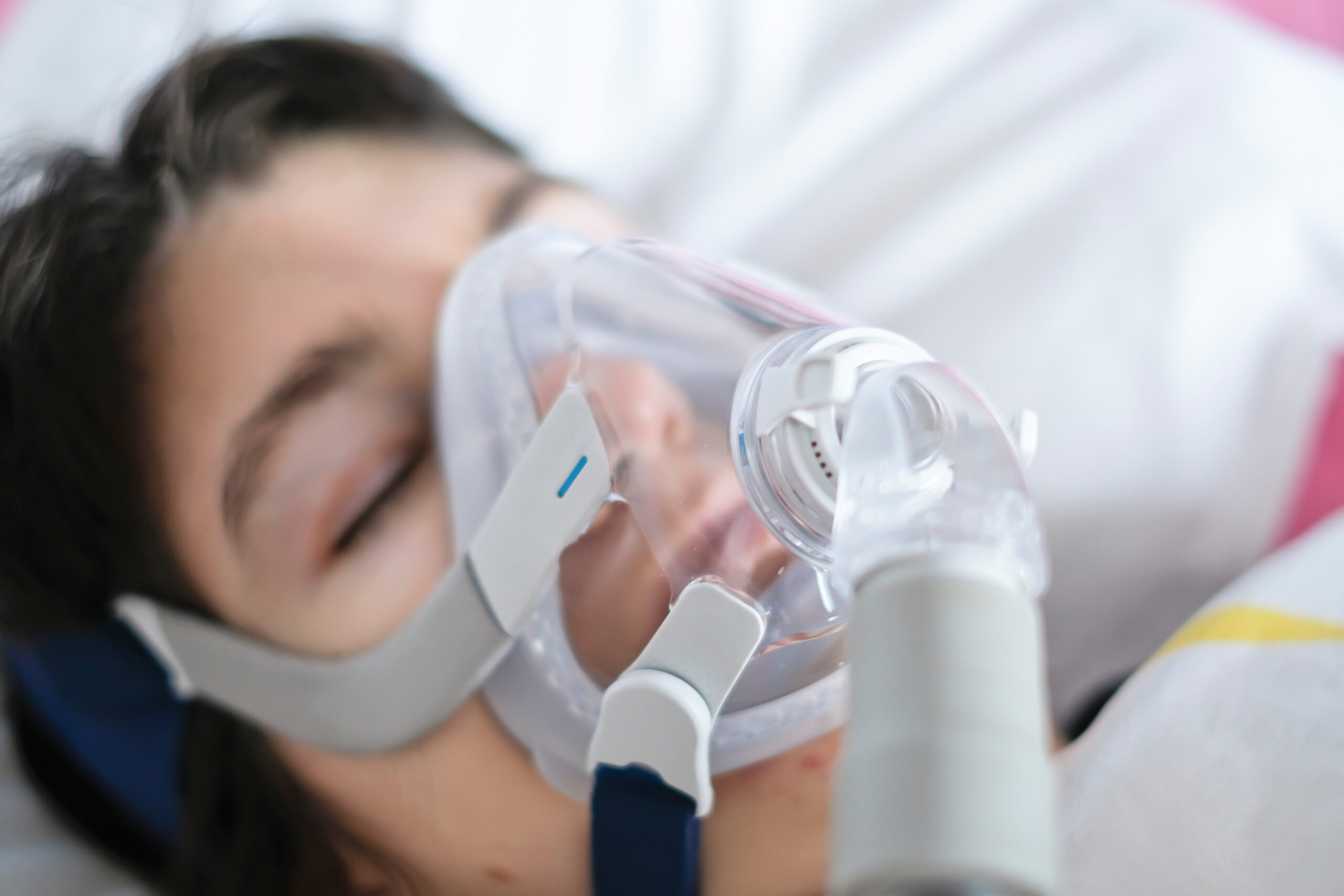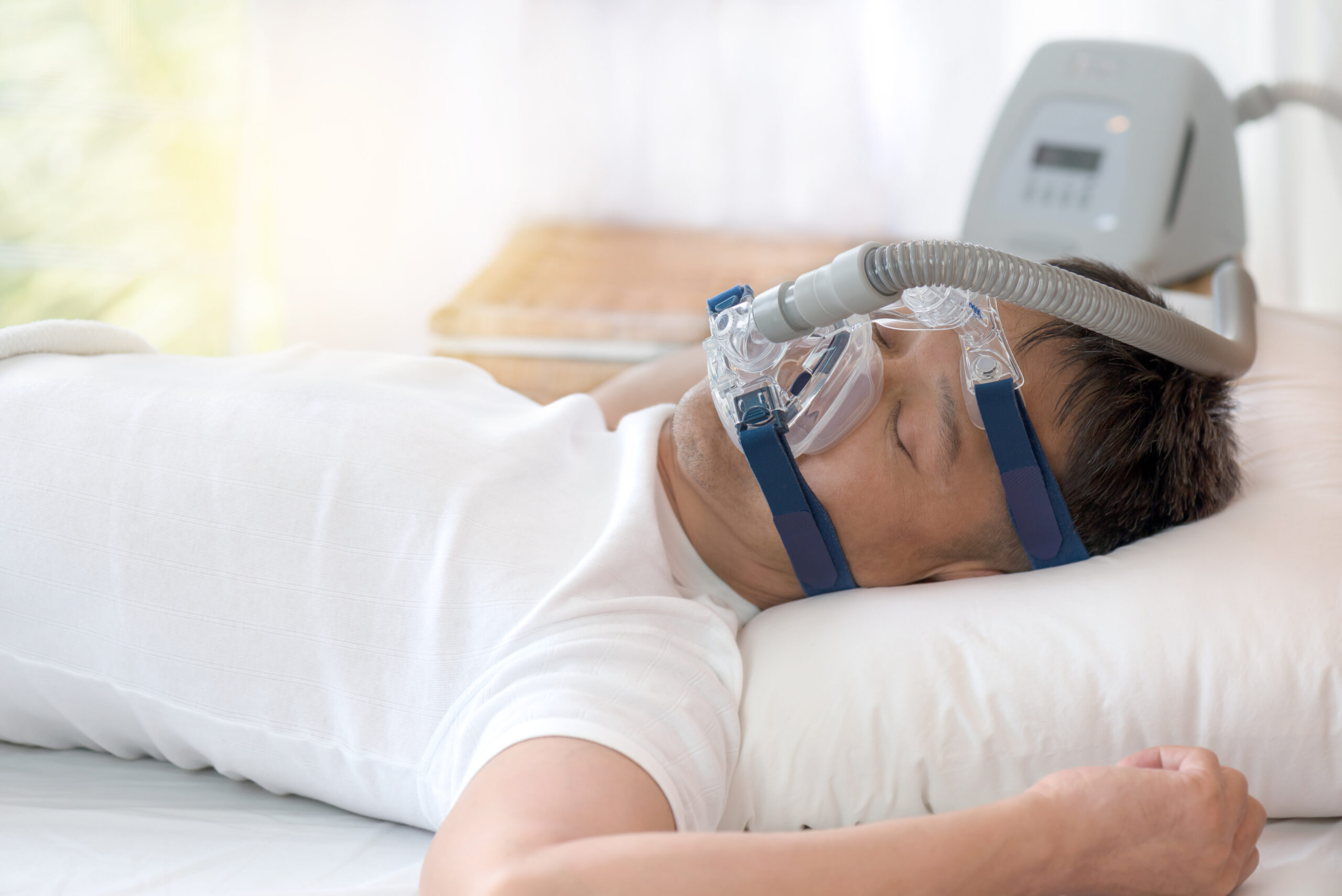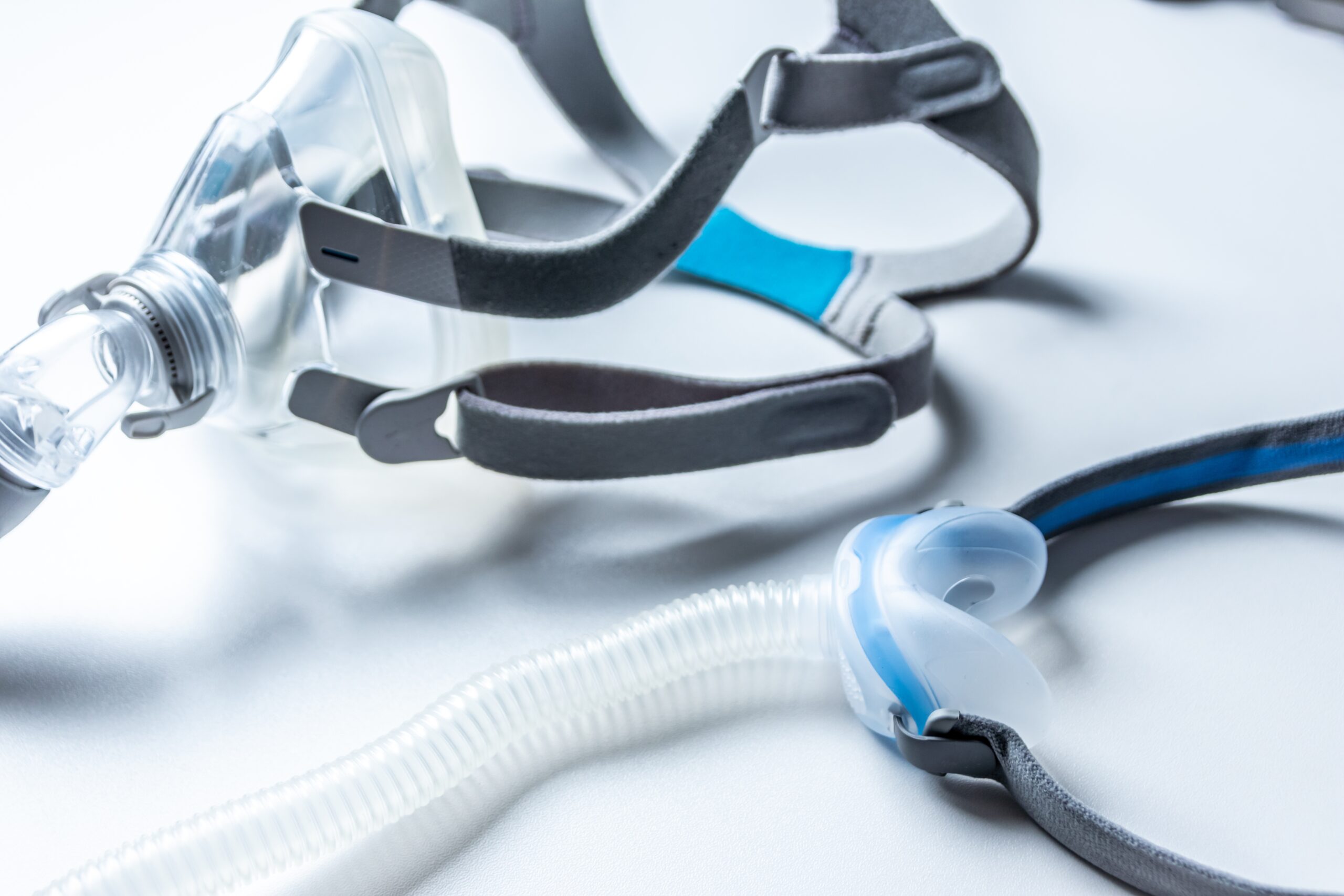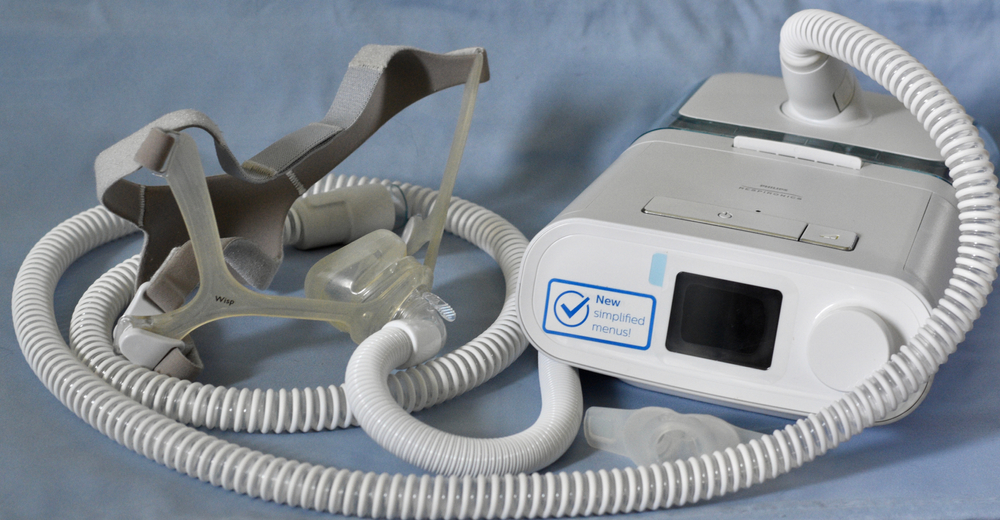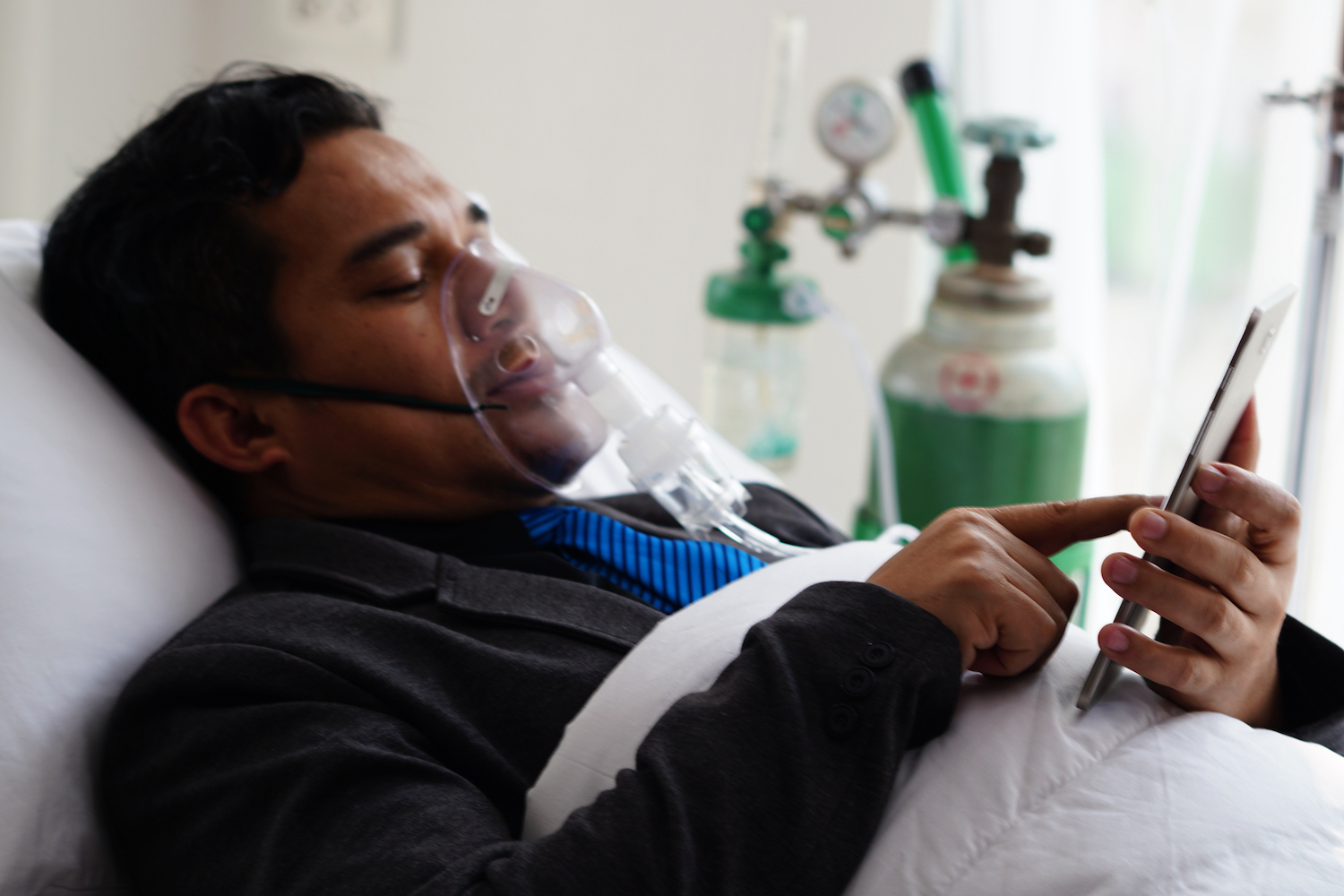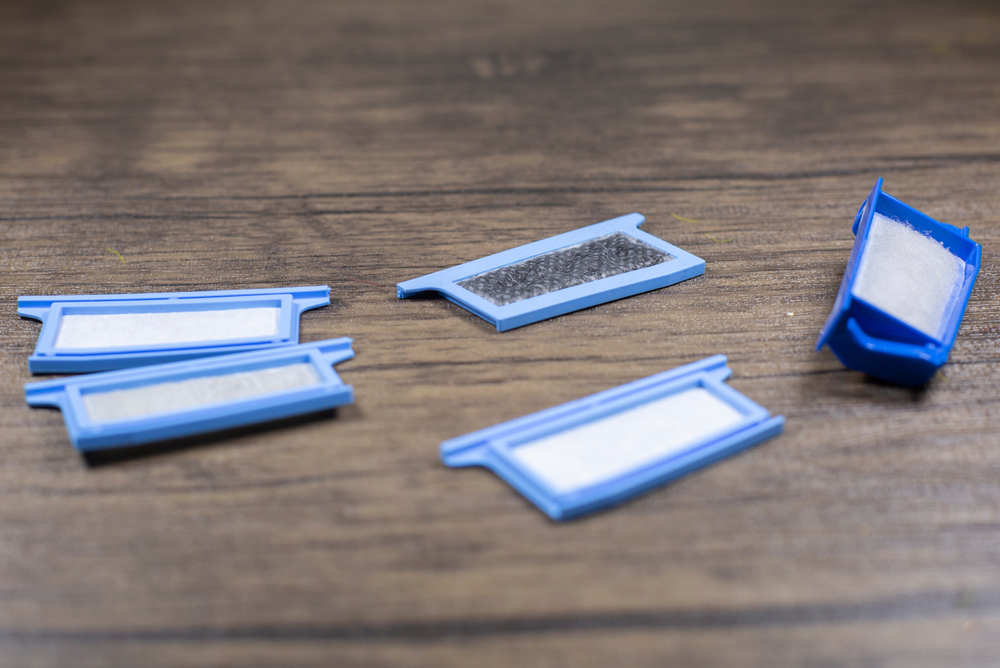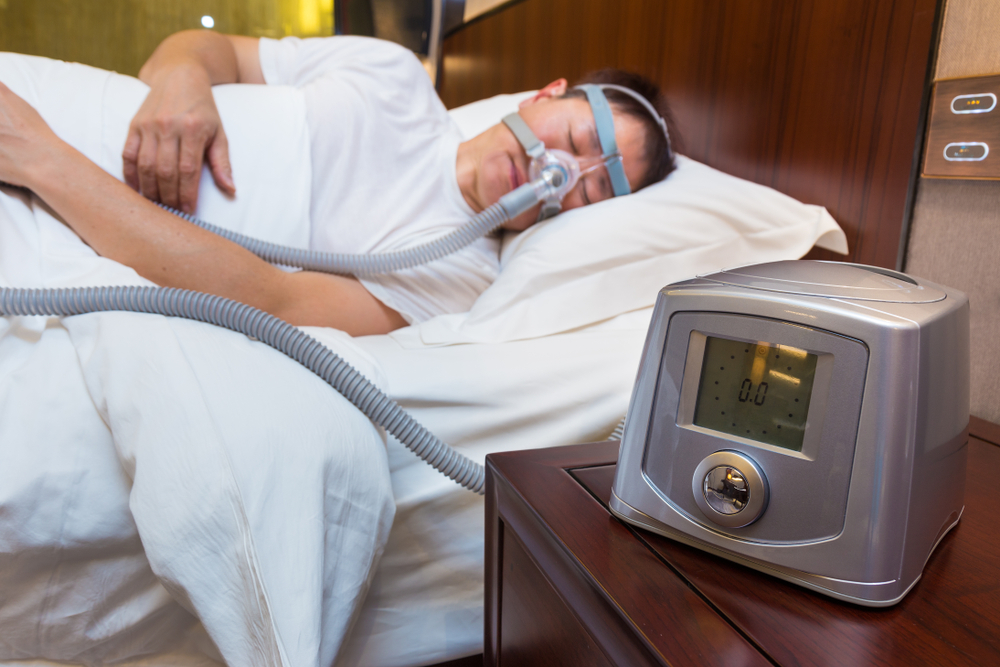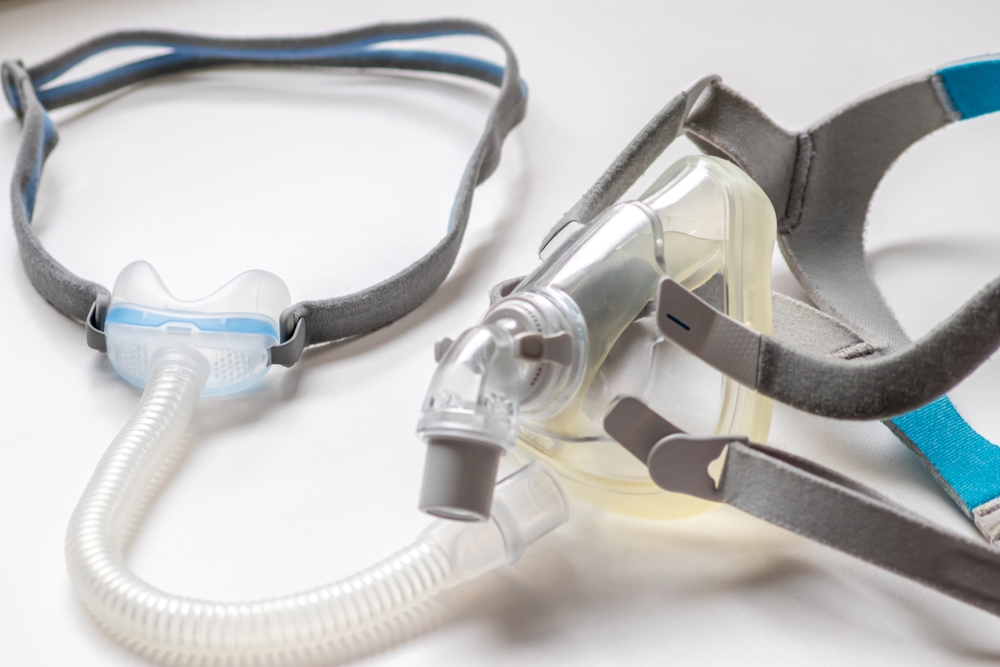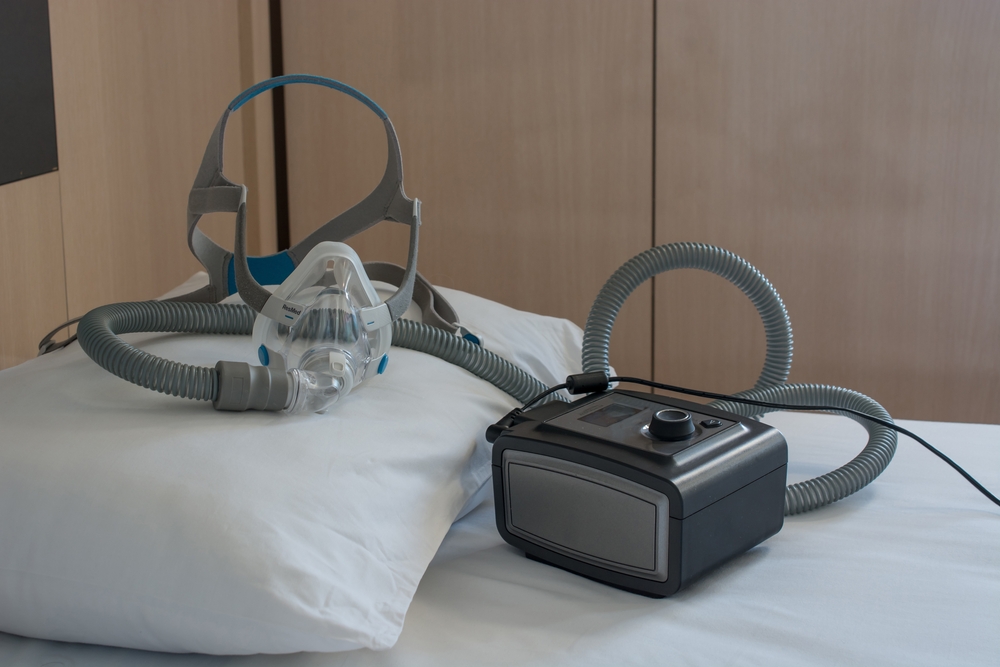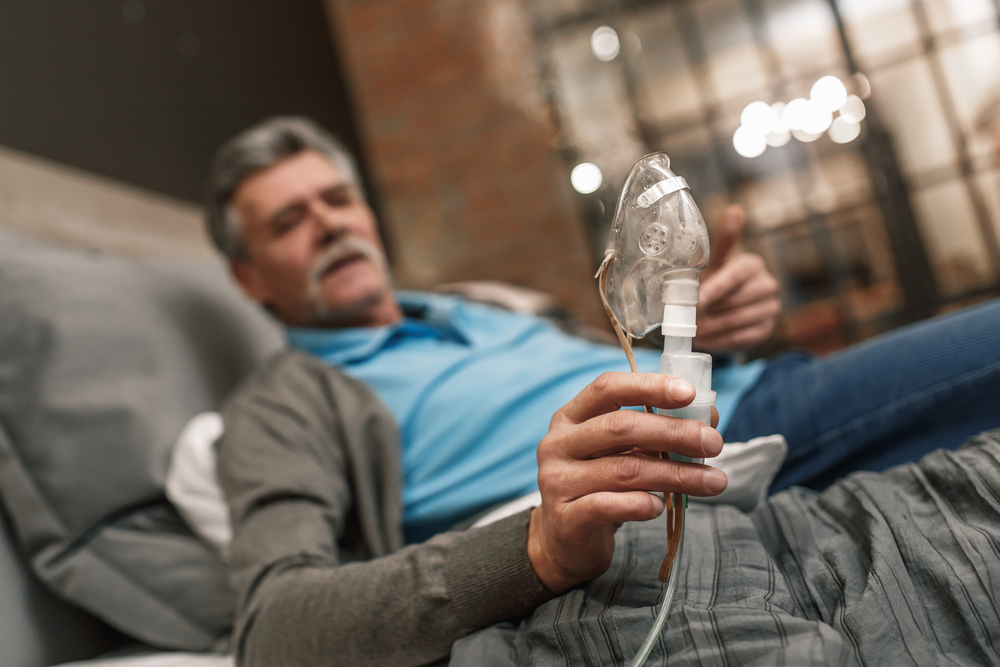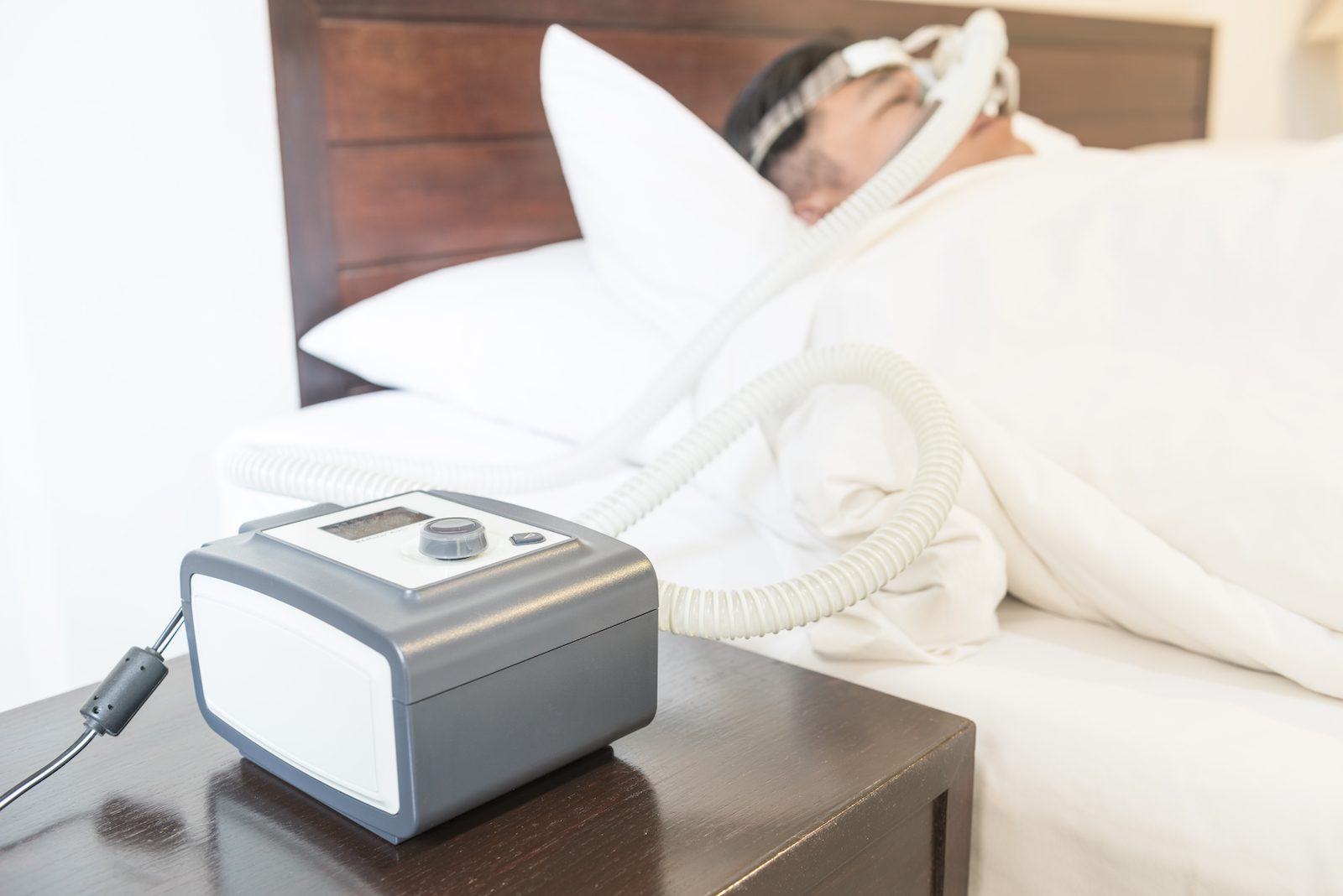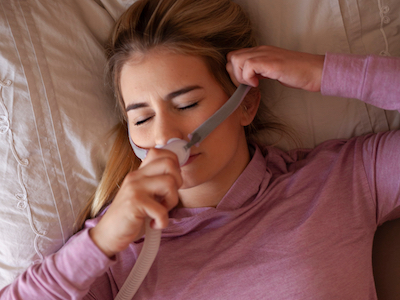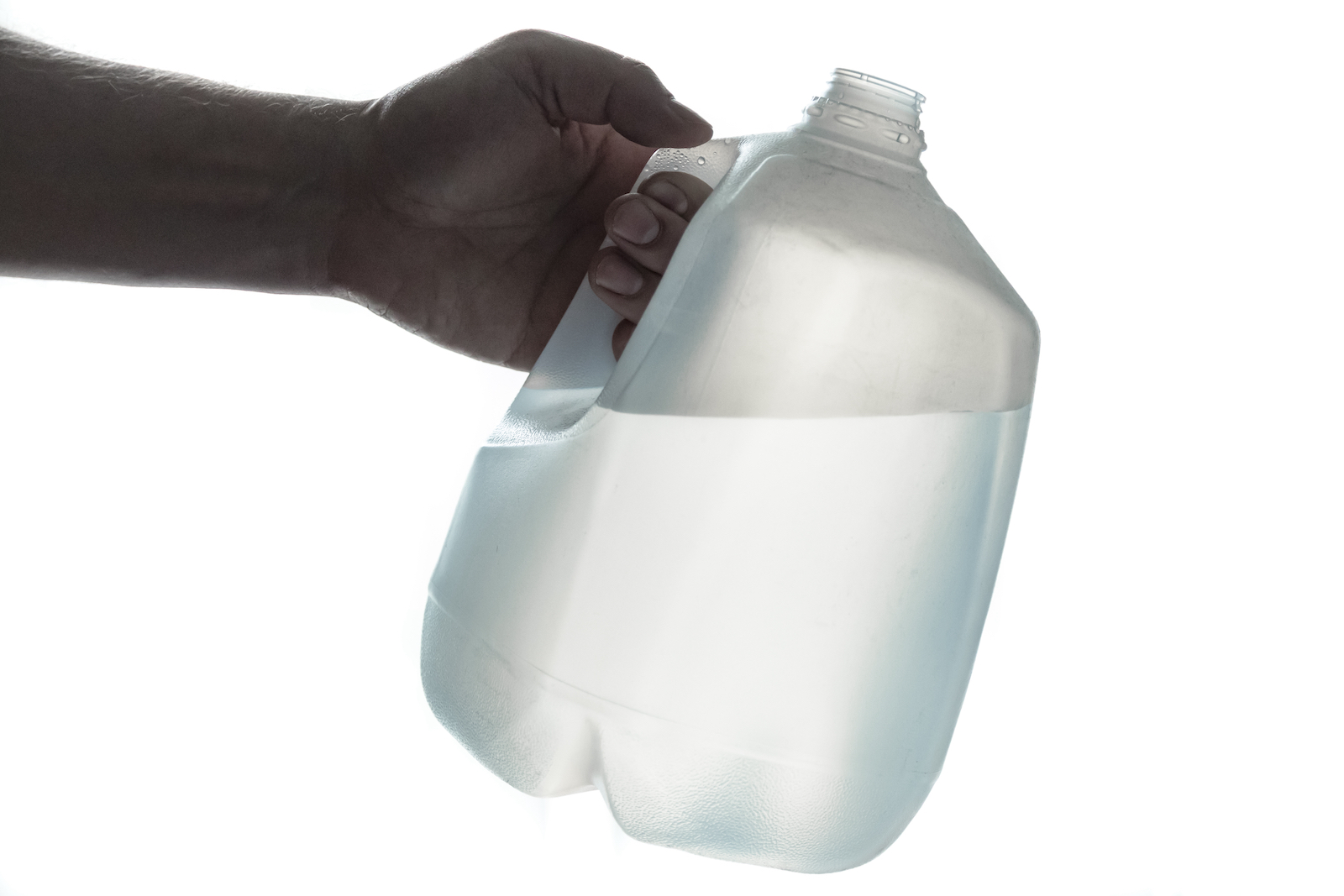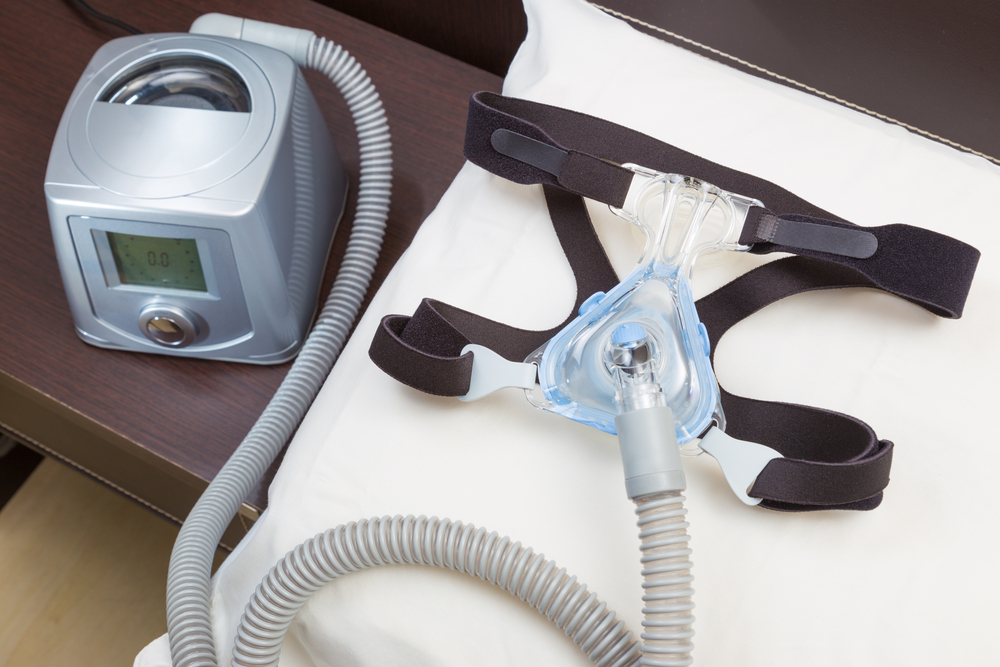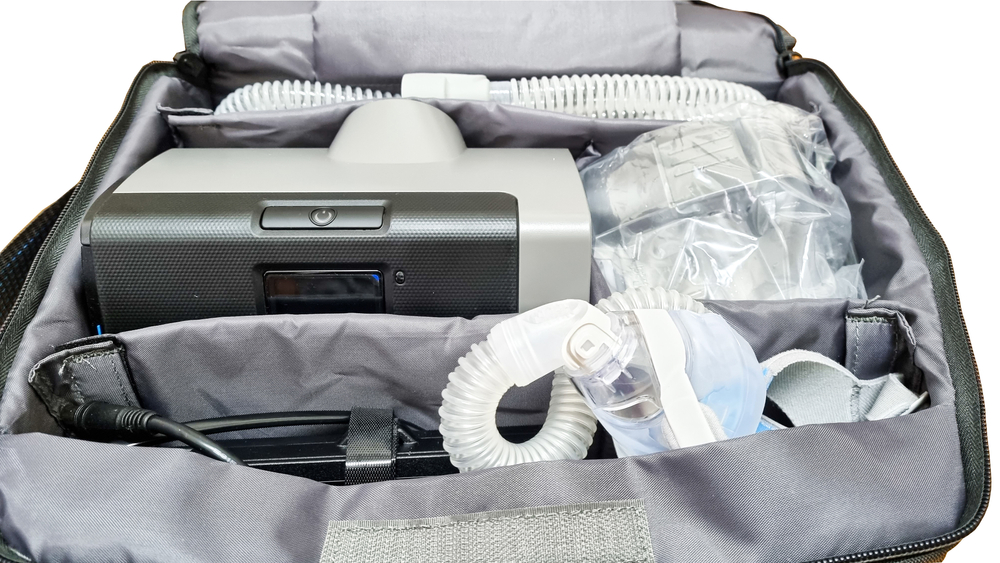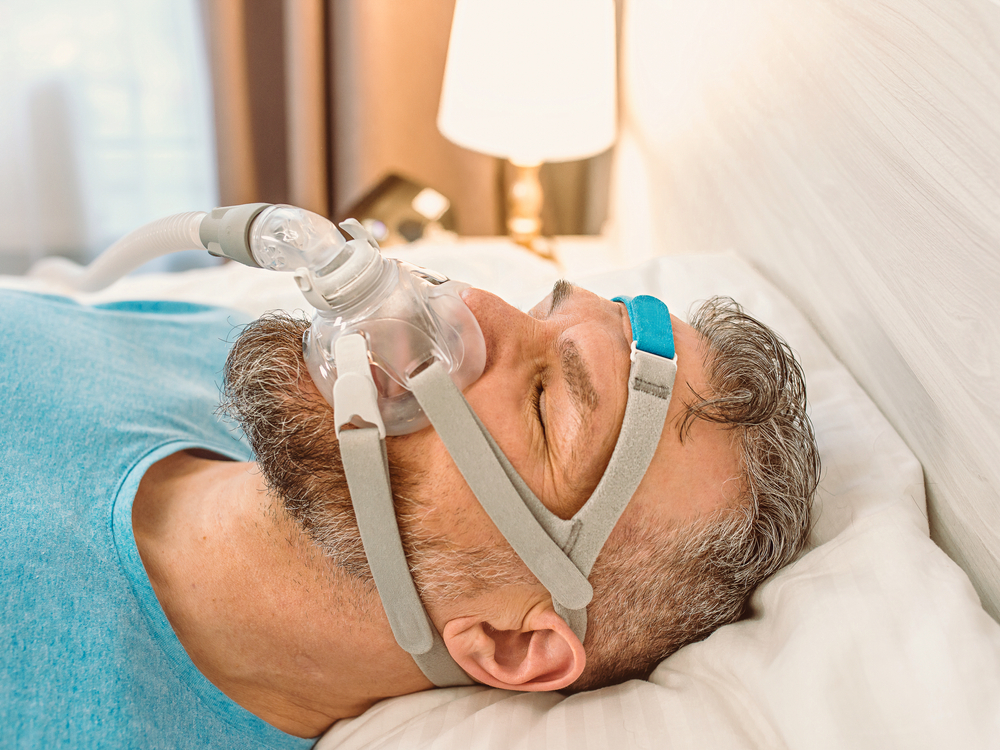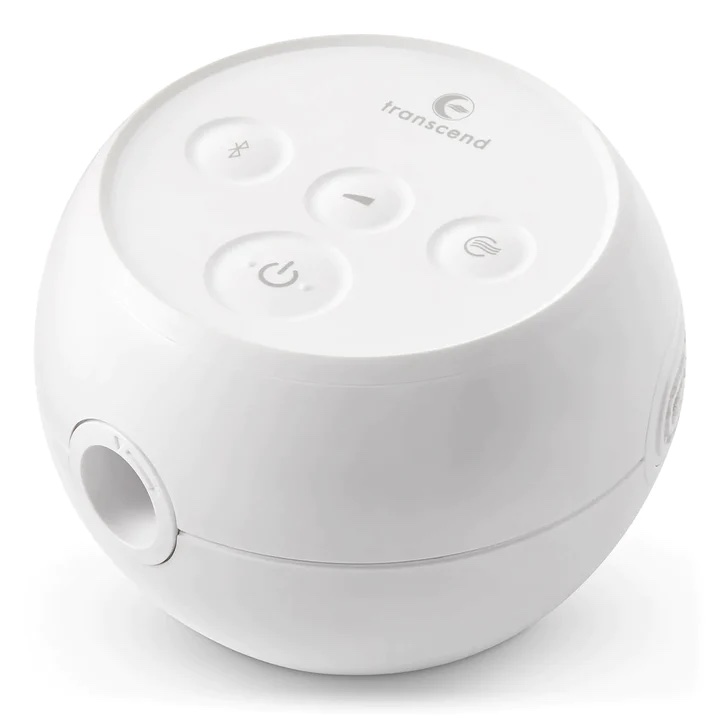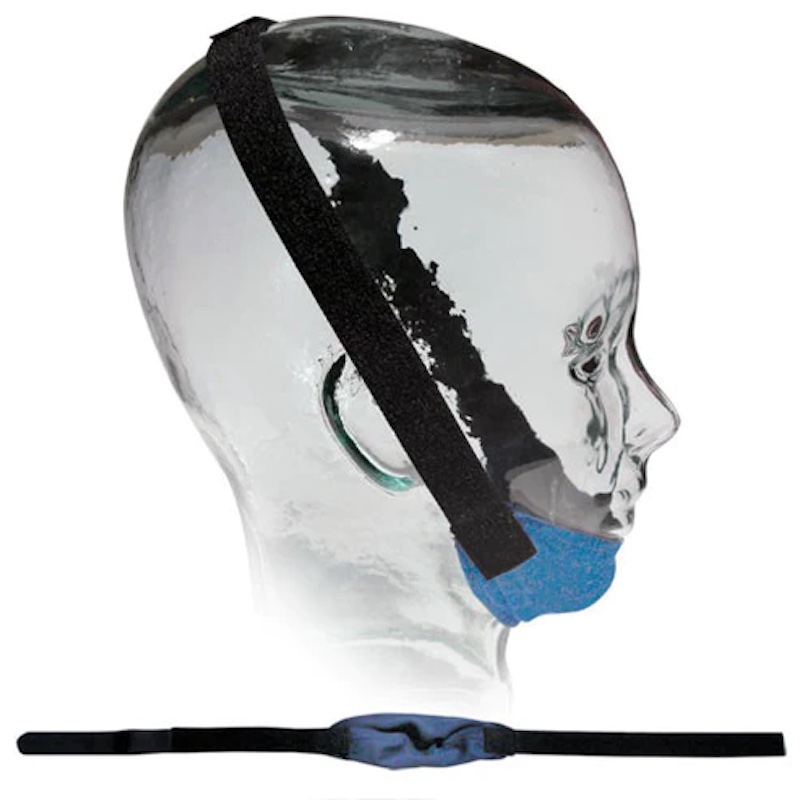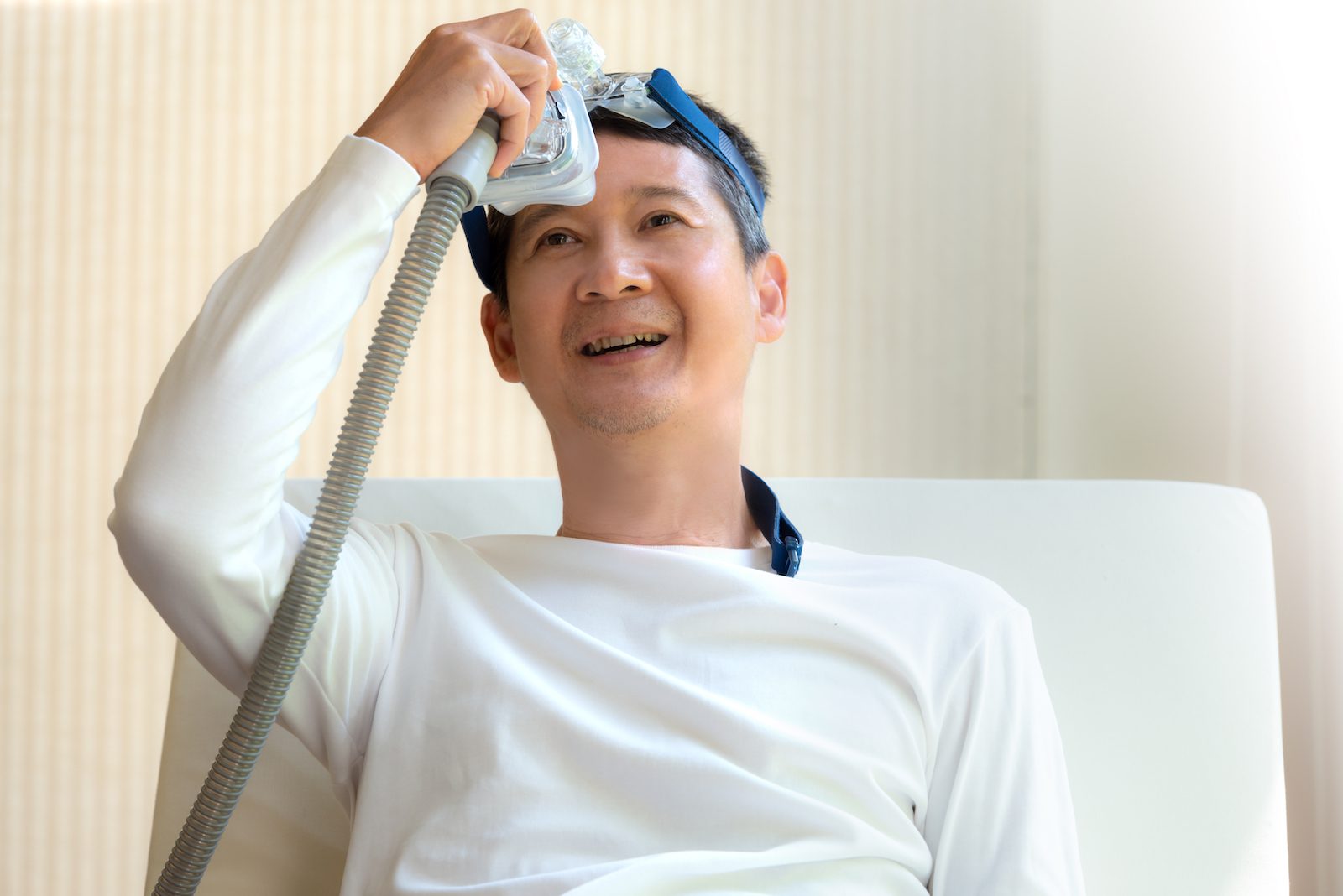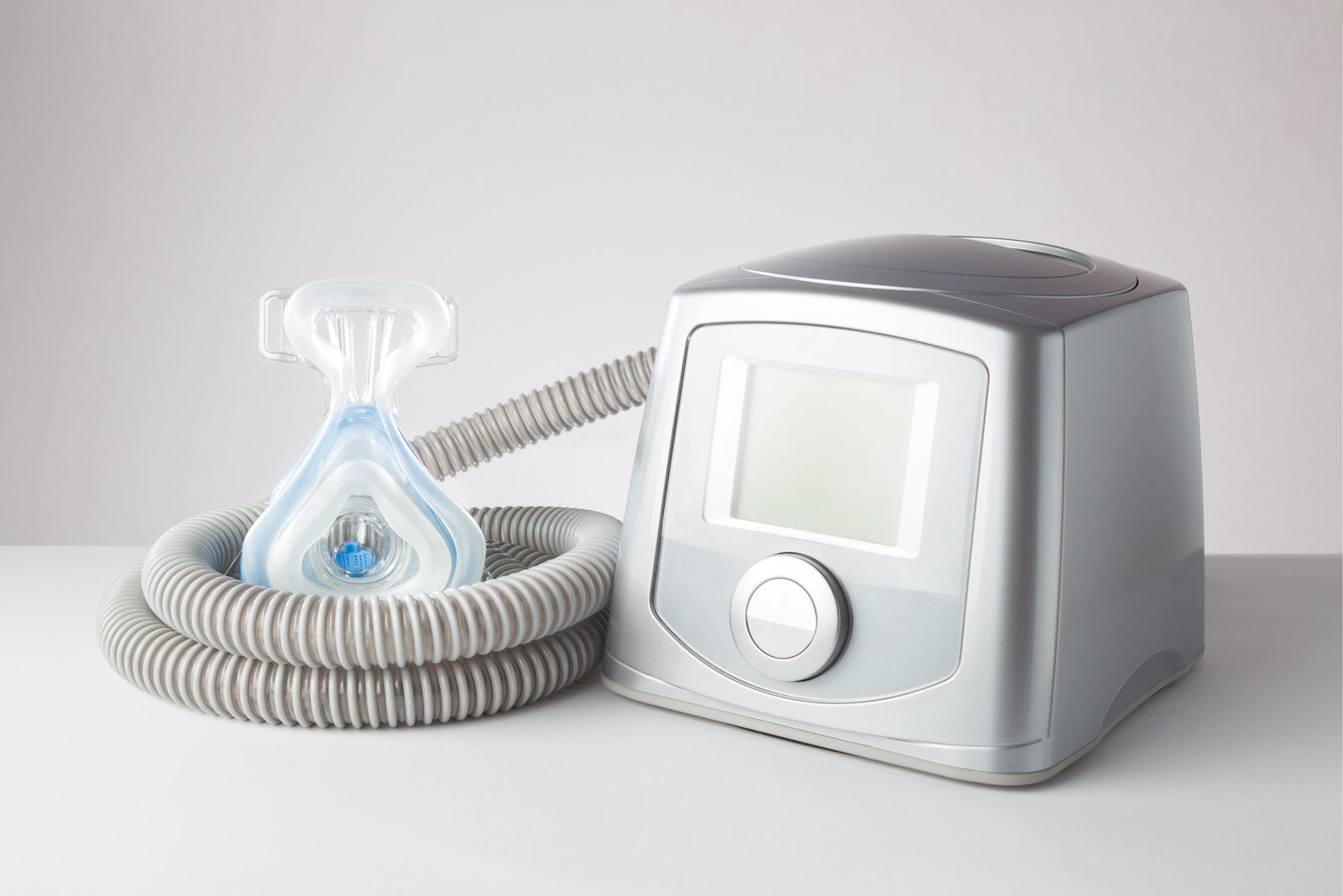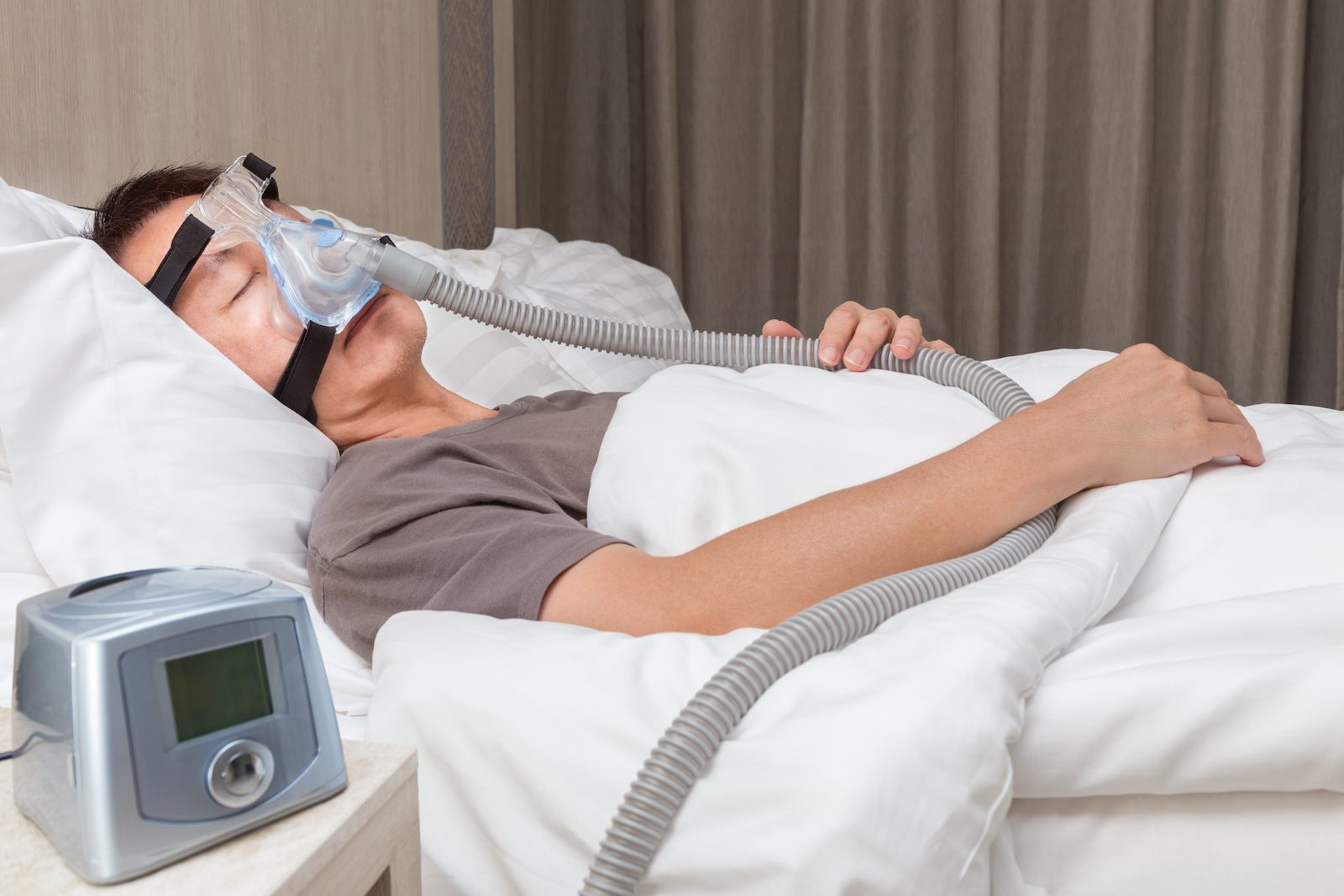A continuous positive airway pressure (CPAP) machine can dramatically improve sleep for people with obstructive sleep apnea, a condition that involves recurring pauses or reductions in breathing during sleep. A CPAP machine promotes consistent breathing by sending pressurized air through a mask and into the upper airway.
Setting up and using a CPAP device can require an adjustment to your sleep routine. We cover how to get started, what to expect, and how to get used to a CPAP.
Instructions on How to Use a CPAP Machine
If you’re prescribed CPAP therapy for your obstructive sleep apnea, you’ll need to follow a number of steps to properly set up your device. Some steps are only necessary when you first set up your machine, while other steps will be repeated every night.
Find the Instruction Manual
Locate the instruction manual and keep it handy while you set up your CPAP machine. It may be useful to quickly read key information and review other documentation in the instruction manual. This step is important because there are different types of CPAP devices.
Make Note of the Parts
Ensure that you have all of the required parts for your CPAP to work correctly. In addition to the CPAP device itself make sure that you have:
- The mask and any straps or cushions to use with it
- The hose that connects the machine to the mask
- The air filter, which may be inside the machine
Most CPAP machines have a built-in humidifier, so you may also need to locate the humidifier’s water chamber.
Pick a Place to Set Up Your CPAP Machine
Look for a place near your bed to set up your CPAP machine. The best place for a CPAP meets several criteria.
- Near an outlet: Consider the length of the power cord since the CPAP must be plugged in to work.
- Near the head of the bed: The CPAP hose must be long enough to go from the machine to the area where you rest your head. Keep the CPAP close enough to avoid pulling too tightly on the hose.
- On an uncluttered and stable surface: Put the device on a flat surface with space around the machine so that the hose can move freely. You should be able to reach the machine without difficulty. There are also nightstands specially designed for CPAP users.
Attach the Hose
After you’ve found a good place for your CPAP, attach the hose to the machine.
Fill the Humidifier Reservoir
To use the humidifier, you need to add water to the reservoir or chamber. Use only distilled water with your machine. Add water slowly so that you do not exceed the maximum fill line.
Prepare Your CPAP Mask
Check the mask to ensure it is clean and in good condition. Attach the mask cushion or insert that is designed for your mask to add comfort or improve its seal against your face. Also attach any straps or headgear that hold the mask in place.
Connect the Mask and Hose
Attach the unconnected end of the CPAP hose to the mask. This allows pressurized air generated by the motor in the CPAP device to flow through the hose and into the mask.
Arrange the Tubing
Make sure that the CPAP tube is in a place where it will not become pinched or caught on something. You can even consider special pillows or products designed to hold CPAP tubes in place.
Plug In and Turn on Your Device
Plug in your CPAP machine and turn it on. Your doctor or a sleep technician should have already programmed your CPAP with the essential settings so it is ready to use.
Put on Your Mask
Once the air starts flowing, you can put on your mask to make sure it fits properly. For CPAP therapy to work effectively, it is important to avoid air leaks. You want to ensure there is a tight seal between the mask and your nose or your nose and mouth.
When you put the mask on, listen and feel for air leaks. If you notice air escaping out of the mask, you will need to adjust the mask’s fit to create a stronger seal.
To get the right fit, you can gradually adjust the mask and headgear to create a tight seal and a comfortable fit. Try moving your head and changing your body position, and if the mask moves too much, readjust it to create a better fit.
If you have a nasal mask or nasal pillows, you may be given a chin strap to reduce mouth breathing during sleep. If you have a chin strap, you will want to put it on first and adjust it for a comfortable fit.
Make a Plan for Bathroom Trips
Have a plan for what you’ll do with your CPAP if you need to go to the bathroom during the night. You can take off your mask, though this can be inconvenient. Consider a mask that can unhook from the tubing so you can disconnect and reconnect the mask when you need to get out of bed.
Use the CPAP Whenever You Sleep
After your CPAP and its accessories are fully set up, you should start using your CPAP anytime you sleep, including during daytime naps.
Keep Your CPAP Clean
Mold, bacteria, and allergens can get trapped in your CPAP machine and accessories. Proper cleaning of your device helps keep your machine working well and reduces your risk of getting sick.
Follow the manual’s instructions for how to clean your CPAP machine. The manual should include information about how frequently to clean or replace the tubing, mask, humidifier, and air filter.
The user’s manual should also provide guidance about how to clean your CPAP without accidentally damaging its components. Avoid cleaning products advertising the use of ultraviolet (UV) or ozone because the FDA has expressed concerns about the safety of these cleaners.
How to Get Used to Your CPAP Machine
It’s normal for it to take time to adjust to sleeping with a CPAP, and the first few nights may be the most difficult. With time, you will likely get used to using a CPAP machine. When using the device consistently, you should start experiencing the benefits of CPAP therapy within days or weeks.
Practice Wearing Your Mask
When you first get your CPAP device, try turning on your CPAP and wearing your mask for short periods of time while you’re awake. For example, you can wear the CPAP while watching a movie. This can help you get used to both the mask and the flow of air provided by your CPAP machine.
Try a Different Type of Mask
Finding the right mask often requires trial and error. Your doctor or a sleep specialist can work with you to try out different options to help you choose the best mask. Switching to a different mask and improving mask fit can address many common CPAP problems.
Ask About the Pressure Settings on Your Device
If the pressurized air from the CPAP causes you discomfort, talk to your doctor about options for adjusting your CPAP pressure settings, including pressure relief or a pressure ramp.
- Pressure relief: This function applies a minor and temporary reduction in air pressure during your exhalations.
- Pressure ramp: To make it easier to fall asleep while using the CPAP, a pressure ramp begins with a low level of pressure that increases over 30 to 45 minutes, allowing you to doze off before the air reaches its full prescribed pressure.
Having the right settings is important to effective sleep apnea treatment, so always consult with your health care team before trying to adjust your CPAP’s pressure settings.
Adjust Your Humidifier Settings
Using the heated humidifier on your CPAP can reduce irritation or dryness in your mouth or nose. You can modify the heat and humidity settings to match your individual preferences.
Make a Note of Side Effects
Make a list of any problems related to your CPAP, and review the list with your health care team. Also, let them know if your symptoms aren’t getting better. Based on the issues you encounter, your health care provider can offer tailored advice to make CPAP more comfortable and effective.
Set Realistic Expectations
As you begin using a CPAP, keep your expectations realistic and remember that getting used to sleeping with a CPAP can take some time. You will adjust more quickly to CPAP therapy if you use your device every night.
Focus on the Benefits of CPAP
You may find it helpful to focus on the positive aspects of CPAP therapy. Within days, you may experience improvements in your sleep and daytime alertness. Over time, you may observe other health benefits, like reduced blood pressure and sharper mental performance.
Improve Your Sleep Habits
Adjusting your sleep habits can make it easier to fall asleep and stay asleep throughout the night while using a CPAP machine. Practical tips include avoiding caffeine late in the day, keeping your bedroom dark and quiet, and following a set sleep schedule.
Common CPAP Problems
Side effects may arise with CPAP therapy, especially when you are first getting started and adjusting to using a CPAP. Some of the most common CPAP problems include:
- Dry mouth or dry nasal passages
- Nasal congestion
- Skin irritation around the mask or headgear
- Claustrophobia
- Eye irritation
- Bloating from swallowing excess air
- Discomfort from exhaling against pressurized air
While these issues may be bothersome, in many cases your doctor can help you find solutions so that using a CPAP is more comfortable and causes fewer side effects.
When to Talk to Your Doctor About Adjustments
Once you’ve started using a CPAP, both short- and long-term follow-up with your health care team is important. Be proactive about talking with your doctor if you have any issues, including:
- Persistent snoring, daytime sleepiness, or other sleep apnea symptoms
- Difficulty tolerating the CPAP’s air pressure
- Discomfort from the mask
- Dryness or irritation in your nose or mouth
- Any other side effects that affect your comfort and ability to consistently use your CPAP machine



